|
Spring is in full swing, with flowers blooming against a background of vibrant green foliage bursting from trees. Birds are nesting, and butterflies are reaping the benefits of sweet floral nectar. It is the season of renewal and the promise of new beginnings. With warmer weather upon us, I believe we are all ready to embrace the outdoors. I certainly am! As most of my readers know, what type of wine I drink is not dictated by the weather, but what my palate is in the mood for. Billy Joel’s lyrics from the song “Scenes From An Italian Restaurant” ring true for me. “A bottle of white, a bottle of red Perhaps a bottle of rose instead” “A bottle of red, a bottle of white It all depends upon your appetite” So, with that in mind, here is a sampling of four wines I received, which will please your palate and pair well with spring, and all year round! Domaine Bousquet Reserve Organic Chardonnay 2023 Domaine Bousquet is no stranger to my website. I have reviewed and thoroughly enjoyed all of their wines throughout the years. This family-owned estate is in the Gualtallary Valley, high up in the Tupungato district of the Uco Valley in Argentina’s Mendoza region. This 100% Chardonnay comes from certified organic estate fruit and is hand-harvested from low-yield vineyards located at the foot of the Andes at an elevation of 4000 plus feet. 50% of the wine is fermented in oak for 15 days, and the other 50% in tanks. The wine is aged for six months in 3rd use French oak barrels on the lees for a Burgundian style. Nose: Lovely floral and tropical notes, with apples, lime, freshly baked bread, and a hint of vanilla. Palate: Creamy mouth-feel with beautiful acidity, oak aromas transcend on the palate with pear and tropical notes of pineapple and pink grapefruit. Oak and acidity persist on a long and delicious finish. Alcohol: 13.5% SRP: $18 Pairing suggestions: Enjoy as an aperitif or with seafood, salads, cream-based pasta, mushroom risotto, or cheese. Herzog Lineage Pinot Noir Clarksburg 2023 Herzog Wine Cellars has a long family history of winemaking that spans nine generations. From Europe to New York to the vineyards of California, the Herzog family gave rise to the American kosher wine industry, including premium kosher winemaking in California. Today they have eight brands of wine, one of which is the Lineage brand. This 100% Pinot Noir is harvested from vineyards in Clarksburg, CA. Try as I might, I could not find any technical data or the aging process of this wine. Nose: Cherries, pomegranate, cocoa, and baking spice. Palate: Silky mouth-feel with cherries, strawberry, earthy, and a hint of baking spice lingering on the finish. Alcohol: 13% SRP: $20 Pairing suggestions: Roasted leg of lamb, duck with cherry glaze, grilled portobello burgers, or seared tuna. Attems Pinot Grigio Ramato Friuli DOC This wine is produced by Attems, a historic estate located in Friuli, in northeast Italy. In 2000, the estate was sold to the Marchese Vittorio Frescobaldi. Pinot Grigio, aka Pinot Gris, is a white wine grape that thrives in a cool climate. The vineyards for this grape are situated in the middle area of the property, known as “manine” or “little hands” which is a primarily flat area set between Collio and Isonzo. This 100% Pinot Grigio gets its coppery/coral color from slight contact of about ten hours with the purple skins before pressing and fermenting. Following fermentation, the wine rested for four months on noble lees. Nose: White fruit, melon, cherry, citrus, and wildflowers. Palate: Crisp fruit with nice acidity, pink grapefruit, melon, cherry pie, and minerality lingering on the finish. I love the dance between tart and juicy. Alcohol: 12.5% SRP: $20 Pairing suggestions: Seafood, goat cheese wrapped in prosciutto, cream-based pasta, grilled veggies, or enjoy as an aperitif. Darom by Yatir Cabernet Sauvignon 2023 Yatir Winery, founded in 2000, is located at the southern tip of the Judean Hills, and built at the foot of the Israelite Tel Arad Fort (an archeological site) in the heart of the Negev desert. The vineyards of the Yatir Forest are just 10 minutes away. Vineyards are planted at an altitude of up to 900 meters above sea level and are dispersed throughout different locations in the forest, each with its own distinct feature. The dry desert climate and cool nights contribute to producing exceptional wine grapes. The grape blend for this wine is 85% Cabernet Sauvignon, 10% Petit Syrah, and 5% Shiraz. Grapes are hand-harvested; the wine is aged for eight months in small oak barrels. Nose: Dark fruit, cherry, baking spice, forest floor, and a hint of violet.
Palate: Rich and fruit-forward with lots of berries, cherry, spice, earthy, and slate. Alcohol: 13% SRP: $35 Pairing suggestions: Prime ribs, Mediterranean cuisine, risotto, and chocolate desserts. Whatever the season, occasion, or “just because” moment, these wines are price-approachable, and your palate will thank you! “A bottle of red, and a bottle of white Whatever kind of mood you're in tonight” Billy Joel Until next time… Cheers! Penina To leave a comment or if you have an inquiry, please contact me at [email protected] I love daylight-saving time! With spring approaching this week and longer days ahead, enjoying sun-filled early evenings is blissful! It is a special time for me to unwind and enjoy the outdoors at the end of the day. With a glass of wine in hand, I am entertained by the peaceful sounds of bird chatter and the added chorus of spring peeper frogs. And, I can finally exhale the day. I recently received samples of wine from an Israeli winery to help usher in spring and beyond. Psâgot Winery was founded by Yaakov Berg and his wife Na'ama in 2003. It is a unique gem in the Binyamin region north of Jerusalem. The winery, located in the community of Psâgot, stands out for its rich history and exceptional wines. Nestled in the historic hills, these vineyards are 900 meters above sea level. The high altitudes, combined with ancient terraces of rich, chalky soils and a perfect climate for viticulture, enhance the quality of the grapes and contribute to the complexity of the wines. While building the winery and creating a cave for barrel aging, a 2000-year-old gold coin from the Great Revolt (66-73) CE was found in an ancient cave in the Psagot Village. Each wine label features an exact replica of this coin, which is hand-glued to each label. However, only one of the bottles I received had the coin on it. Perhaps the other coins fell off in transit. The Wines Psâgot Sauvignon Blanc 2023 Grapes for this 100% Sauvignon Blanc are night-harvested from two vineyards in the Jerusalem mountains. The grapes are then pressed and fermented in stainless steel. Nose: White flowers, tropical fruit, melon, citrus and minerality. Palate: Vibrant acidity, refreshing notes of pineapple, honeydew, citrus zest, and minerality showing off. Lovely Alcohol: 12.5% SRP: $32 Pairing suggestions: Enjoy as an aperitif or serve with seafood, appetizers, grilled chicken, light pasta dishes, and mushroom quiche. Psâgot Peak 2021 This wine is a southern “French blend” of 51% Peitit Sarah and 49% Shiraz, night-harvested from their highest quality vineyards in the Jerusalem Mountains. The grapes are fermented and then aged separately for 12 months in French and Hungarian oak barrels before blending. Nose: Berries, plum, tobacco, and baking spice. Palate: Full-bodied with blackberries, blueberries, a hint of strawberry, pepper, vanilla, earthy, and good structure. Elegant Alcohol: 14% SRP: $40 Pairing suggestions: Roasted/grilled white meat and game, roasted potatoes, and hearty stews. Psâgot Edom M Series 2023 This is a Bordeaux-style blend of 40% Cabernet Sauvignon, 50% Merlot, 4% Malbec, and 6% Petit Verdot. Grapes are sourced from vines that thrive on a high mountain ridge overlooking the Edom Mountains. Before blending, the grapes are fermented and aged separately in French oak barrels for 14 months. Nose: Berries, plum, baking spice, and notes of minerality.
Palate: Aromas segue onto the palate with dark fruit, vanilla, pepper, and soft tannins. This is an expressive wine with a long finish. Alcohol: 14% SRP: $50 Pairing suggestions: Game, red meat, hearty stews, seared tuna, and aged cheese. The above wines are a perfect accompaniment to sunsets, dining, special occasions, and “just because” moments. Yaakov Berg, co-founder of Psâgot, said, “We want the world to share our passion for Psagot wine, Israel, and for those you love, From our hearts and vineyard to your home.” Until next time… Cheers! Penina To leave a comment or if you have an inquiry, please contact me at [email protected] Whether you are searching for a holiday gift or a tasty sip to pair with a meal, I recommend the following five wines from Argentina, Italy, Oregon, Washington, and Virginia to add to your shopping list! Unánime Signature Malbec 2018 Mascota Vineyards is located in La Consulta, San Carlos, a small wine-growing sub-region in the southern Uco Valley of Mendoza, Argentina. Winemaker Rodolfo Sadler founded Mascota and has crafted wines for over 30 years. This 100% Malbec is aged for 14 months in French oak barrels. Nose: Violets, fresh red fruit, and baking spice. Palate: Bing cherries, red plum, with a hint of dark berries and subtle notes of dark chocolate, espresso, and pepper on a lengthy finish. Smooth and balanced with complex layers. Alcohol: 14.5% SRP: $40 Pairing suggestions: Hearty stews, roasted meat, fowl, or mushroom risotto. Intrinsic Red Blend 2021 Intrinsic Wine Co is a Washington state wine brand created by Juan Muñoz Oca, head winemaker at Columbia Crest, and his team. Columbia Crest and Intrinsic are both owned by the largest wine company in Washington, Chateau Ste. Michelle Wine Estates. According to available information, the Intrinsic Red Blend 2021 is a blend of Malbec, Cabernet Franc, and Cabernet Sauvignon, originating from the Columbia Valley region of Washington state. Nose: Lovely notes of raspberry, dark cherry, and sweet plums, along with hints of violet, tobacco, and herbs. Palate: This rich and juicy blend shows off notes of chocolate, espresso beans, and pepper that blend well with ripe fruit. Silky tannins and well-balanced acidity lead to a long finish with spice and berries lingering on the palate. Alcohol: 14.5% SRP: $20 Pairing suggestions: Sip on its own or head to the dessert table with your glass! FIOL Prosecco DOC Extra Dry FIOL (pronounced FEE-yol) means “son” in Venetian dialect and “chap” in English. FIOL was founded in 2011 by Gian Luca Passi and co-founder Giovanni Ciani Bassetti. They are childhood friends who grew up surrounded by Prosecco. “Most local winemakers have been drinking sparkling wine for 50 years and need an extraordinarily strong bubble to really feel it. We wanted something gentler, more subtle, more fruity.” says Gian Luca Passi.” This sparkling wine is 100% Glera. Prosecco DOC requires a minimum 30-day secondary fermentation in tank. This wine remains in tank 40 days for extra depth and complexity. Nose: Green apples, a touch of white flowers, and citrus. Palate: Smooth bubbles with emphasis on the grape. It is crisp and refreshing with notes of apple, pear, minerality, and a touch of lemon zest. Alcohol: 11% SRP: $19 Pairing suggestions: Enjoy as an aperitif, in cocktails, or with appetizers, entrees, and dessert! Appassionata Andante Pinot Noir 2017 J. Christopher Winery, located in northern Willamette Valley, Oregon, is owned by iconic winemaker Erni Loosen, creator and owner of Germany’s Dr. Loosen and Villa Wolf estates. Following his passion for Pinot Noir, Erni set his sights on J. Christopher, eventually purchasing 40 acres and planting the Appassionata Vineyard. The grapes for this 100% Pinot Noir are sourced from 33-year-old vines in the Dundee Hills appellation. The wine was aged for 20 months in French oak barriques (25% new). The wine is released five years after vintage. Andante means ‘gently, unhurried.’ Nose: Exotic flowers, brioche, red berries, red plums, baking spice, herbal notes, and a whiff of orange. Palate: This is a lively wine that balances delicate and savory. Silky texture with bright cherry, pomegranate, baking spice, and orange zest. A long and tasty finish awaits. Alcohol: 13.5% SRP: $135 Pairing suggestions: Roasted fatty fish such as salmon, stuffed artichokes, duck, grilled meat, venison, and most cheese. Early Mountain Rise 2021 Early Mountain Vineyards is owned by Jean Case, who started the company in 2012. They are located in the foothills of the Blue Ridge Mountains in Madison, Virginia, with more than 55 acres of planted vineyards. Rise is reserved for only the finest vintages with specific selections from exceptional mountainside vineyards. It is a beautiful blend of 58% Merlot, 17% Petit Verdot, 15% Tannat, and 10% Cabernet Franc. The wine is aged for 20 months in French oak barrels (52% new) and 18 months in bottle prior to release. If properly stored, this wine will drink well from 2024-2050. Nose: Floral, dark berries, plum, cedar, baking spice, and forest floor.
Palate: A perfect dance of structured tannins merging with acidity leads to an elegant wine. Aromas segue onto the palate with lingering notes of chocolate, spice, and decadent berry pastries on a long finish. Alcohol: 14.8% SRP: $150 Pairing suggestions: Hearty stews and soups, roasted red and white meat, mushroom risotto, pasta, seared tuna, charcuterie board, and spinach quiche. I hope these wines have aroused your curiosity. Your palate will appreciate it! Happy tasting! Until next time… Cheers! Penina To leave a comment or if you have an inquiry, please contact me at [email protected] This time of year brings unpredictable weather. In the northeast, we’ve gone from bone-chilling days to sweltering heat the next. Add heavy rain, flooding, and wind, and one can call it a very mercurial start to fall. Within a 24-hour period I changed from wearing shorts and a tee-shirt to a sweater and leggings and had to turn on the heat! So, to keep up with this craziness, I always keep a variety of wine styles on hand to “pair” with the weather and my mood! This past week, I received two wine samples from LUKE, a Sauvignon Blanc and a Red Blend, both a welcome addition to my autumn collection. LUKE is located in the Wahluke Slope AVA in the Columbia Valley wine region in southeast Washington state. The Wahluke Slope AVA is around 81,000 acres, and approximately 8,932 acres are planted to vines.. The Columbia River borders the AVA to the west and south and the Saddle Mountains to the north. It is one of the warmest and driest climates of all the appellations in the state and is dominated by red grape varieties. Kristin and Thomas Vogele are co-founders and owners of LUKE, launched in 2012. Thomas is the winemaker, and they run LUKE Wines operations from their home while production is done at a private facility in Mattawa, Washington LUKE partners with vineyards that grow the highest quality wine grapes in the most socially, economically, and environmentally responsible manner possible. It’s all about sustainability. Their website says, “Regular soil analysis, natural composting, integrated pest management, biodiversity ,and integrated farming are always prioritized. Investment in special machinery reduces water usage, and all wastewater from winemaking is collected, treated, and reused in vineyard irrigation. In addition, all grape pomace is collected after pressing and sent to local dairies for use in feed and soil compost programs. The resulting biodiverse soil is added back into the vineyards. Label paper is 30% Post Consumer Waste and FSC Certified. 100% of label waste is recycled and used to create gigafuel powering vehicles and is also used in decking material. LUKE bottles are finished with 100% natural and biodegradable cork closures without a foil wrap, generating zero waste.” LUKE Sauvignon Blanc Columbia Valley Wahluke Slope AVA, 2022 This 100% Sauvignon Blanc is sourced from Evergreen and Rosebud Vineyards, two of Washington’s premier white wine vineyards. This wine is unoaked. Nose: Citrus, a hint of floral, minerality, and white stone fruit. Palate: Honeydew melon, lime, green apple, and white peach with fresh and vibrant acidity and minerality. Alcohol: 13.2% SRP: $20 Pairing suggestions: Enjoy as an aperitif or with salads, seafood, spicy cuisine, and grilled chicken. LUKE “The Companion” Red Blend, Columbia Valley 2020 This wine is a beautiful blend of 54% Cabernet Sauvignon, 27% Merlot, 14% Syrah, 3% Petite Verdot, 1% Cabernet Franc, and 1% Malbec. The grapes are sourced from seven different vineyards throughout Columbia Valley. It was aged in French and American oak. Nose: Forest berries, plum, baking spice, and a hint of cherry.
Palate: Lush cherry notes with dark berries, plum, a hint of herbs, smooth tannins, and notes of chocolate and roasted coffee beans on a long finish. Alcohol: 13.8% SRP: $25 Pairing suggestions: Roasted or grilled meats, fowl, stews, seared tuna, or chocolate dessert! So, I’m all set for the next change in weather, are you? Until next time… Cheers! Penina To leave a comment or if you have an inquiry, please contact me at [email protected] New vintages of Gaia reds have arrived! And, yes, I’m giving another shout-out to these consistently tasty wines from Domaine Bousquet’s Gaia collection! Domaine Bousquet is a family-owned winery and Argentina’s largest producer and exporter of organically grown wines. It is located in the Gualtallary Valley, high up in the Tupungato district of the Uco Valley, where altitudes can reach up to 5,249 ft. The winery was founded in 1997 by winemaker Jean Bousquet, originally from Carcassonne in Southwest France, where his family expanded four generations of winemaking. Please select from the menu at right for a more in-depth look at Domaine Bousquet. The label for these wines is a striking portrayal of Gaia, who in Greek mythology is the mother goddess presiding over the earth. It is a fitting name for wines produced from all organic grapes! Gaia Organic Cabernet Franc 2020 This vintage is 100% Cabernet Franc. Grapes are hand-harvested from vineyards at 4000 ft. altitude. The wine is aged in French oak for ten months. Nose: Dark berries, floral, and baking spice. Palate: Juicy notes of blackberry, plum, pomegranate, spice, and minerality. It is fresh and lively! Alcohol: 14.5% SRP: $20 Gaia Organic Cabernet Sauvignon 2019 Grapes for this 100% Cabernet Sauvignon are hand-harvested from vineyards at 4000 ft. altitude. This wine is aged in French oak between eight and ten months. Nose: Intense aromas of dark berries, dark cherry, baking spice, and a touch of minerality set the stage for this expressive wine: Palate: Aromas segue onto the palate with plum, vanilla, and a hint of chocolate. Smooth tannins and a lengthy finish beg for another sip. Alcohol: 15% SRP: $20 Gaia Organic Malbec 2019 This wine is 100% Malbec. Grapes are hand-harvested from vineyards located by the foothills of the Andes at 4000 ft. altitude. The wine is aged in French oak between eight and ten months. Nose: Floral, dark berries, baking spice, and hints of plum. Palate: Aromas segue onto the palate with a touch of dark cherry, earthiness, firm tannins, and a lengthy finish. Alcohol: 14.5% SRP: $20 Gaia Organic Red Blend 2020 This red blend is the first wine that launched the Gaia collection. The blend is 50% Malbec, 45% Syrah and 5% Cabernet Sauvignon. The best grapes are used for this wine and are harvested manually from Domaine Bousquet’s organically farmed vineyards. Wine aging takes place in French oak barrels for ten months. Nose: Aromas of violet, dark berries, and spice are inviting and heady.
Palate: Dark cherry and plum, blackberry, and spice entertain the palate with a hint of vanilla lingering on a long finish. It is juicy, fruity, smooth, and complex. Alcohol: 14.5% SRP: $20 Pairing suggestions for these wines: Grilled meat, BBQ, roasted chicken, hearty stews, cheese, pasta, seared tuna, and chocolate desserts! Gaia wines are a great value and never disappoint the palate! Until next time… Cheers! Penina To leave a comment or if you have an inquiry, please contact me at [email protected] When one thinks of wines from South America, Chile and Argentina are usually the countries that come to mind. However, did you know that Uruguay is South America’s fourth largest wine producer? Located between Argentina and Brazil, Uruguay is the second smallest country in Latin America. Fun fact: The name “Uruguay” means “river of the painted birds” in the indigenous Guarani language. Uruguay’s population is only 3.4 million, less than Manhattan and Brooklyn combined! And its population is 90% European descendants, mainly from Italy and Spain, making it a considerable influence on wine production and cuisine here. Speaking of cuisine, Uruguayans are meat lovers and South America’s largest beef consumer per person per year. Beef is also the country’s number one industry. Fun fact: Uruguay has more than 11 million cattle bred naturally. That is four heads of cattle for every Uruguayan citizen! And the wine is something to dial into! Uruguay has over 5000 hectares of vineyards with 180 active wineries, mostly family-run and now in their third and fourth generation. Two-thirds of these wineries are located in the Metropolitan Region. And it is the only South American terroir whose climate is influenced by the Atlantic Ocean. Approximately one-third of Uruguay has an Atlantic coastline. However, there are a handful of other terroirs where temperatures are determined more by land than sea. While still relatively small, it is divided into five distinct sectors: the East, and South/Southwest, where the sea has more of an impact, and the Central /Northern sectors and the Western shore, which are more continental. Below is a chart of the six winemaking regions of Uruguay. Due to its proximity to the Atlantic Ocean, Uruguay’s terroir is more analogous to that of European wine regions such as Bordeaux, setting it apart from its South American neighbors. Both Uruguay and Bordeaux’s vineyards are planted close to estuaries and rivers and are relatively humid and mild in climate with sufficient wind and rain. In addition to the maritime environment, the soil is calcareous and rich in clay which varies among the different regions, all of which contribute to the character of these wines. Fun fact: The vineyards of Maldonado are planted above some of the oldest rocks on earth, the Río de La Plata craton, which is 2.5 billion years old. It’s all about quality winemaking here. Attention is paid to balancing perfect levels of alcohol and acidity. And production is a combination of innovative wine techniques and traditional ones. Sustainable wine growing is important here, and many vineyards are certified. Below is a chart depicting the principal grape varieties planted. In general, whites and other varieties with shorter cycles are closer to the coast in vineyards stretching from Rocha to Maldonado through part of Canelones. The interior, which extends from Canelones to San José and Colonia, specializes in reds with longer growing cycles. Uruguay is best known for its red wine made from Tannat, its signature grape. Tannat is originally from France and produces rich wines with bold tannins, dark fruit, and spice in both aromas and flavors. For an educational wine seminar, I recently received a selection of nine bottles of both white and red wines that demonstrate the diversity of single varietals and blends (most notably Tannat) produced in the six winemaking regions of this country. Slideshow is below. The wines range in price from $12 to $55, with a median price of $24. Suffice it to say; these wines let the terroir speak! The whites run from fresh and a bit tropical to weighty and concentrated, with white fruits, acidity, and minerality. The reds are fresh with lush dark fruit, good acidity, and minerality and range from bold to fine-grained and nuanced tannins. The lineup included a tasty Rosé Vermouth made with Tannat. It is produced in small batches and infused with botanicals and flowers. Served over ice with a slice of lemon or orange is pure heaven! Over the next few weeks or so, be on the lookout on Instagram for my reviews of these wines, along with pairing suggestions. @thewineknitter If you have yet to try wines from Uruguay, I hope I have piqued your interest. These white and red wines are a great way to introduce your palate to the next big trend coming from South America. Here is one more fun fact: Uruguay is home to the world’s longest carnival season, which lasts 50 days! In addition to wine, food, and festivities, Uruguay, is famous for its coastal resorts! I’m ready to wine, dine, hit the beaches, and enjoy the carnival! Are you?
Until next time… Cheers! Penina To leave a comment or if you have an inquiry, please contact me at [email protected] October is a beautiful time of year filled with fall festivals, hayrides, and dazzling mum displays. The trees are bursting with color, and the crisp smell of autumn is in the air. It is also Halloween month, a holiday that is enjoyed and celebrated by both young and old. There are pumpkins to carve, costumes to make, parties to plan, and of course, let’s not forget scary haunted houses, spooky trails, and ghost tours! Halloween is also a time for lots of fun creativity in the kitchen and making many delectable treats for children. Of course, adults enjoy holiday treats as well, especially beverages. If pumpkin lattes and hot apple cider aren’t your thing, there are more “spirited” Halloween-themed drinks such as Poison Apple Cocktail, Boozy Witch’s Brew. Black Devil Martini and Zombie Slime Shooters! But if you prefer sipping wine, please step into my "Hallowine" cellar, if you dare, and I’ll tell you a few tales! Casillero del Diablo Once there was a winemaker named Don Melchor Concha y Toro who founded the Concha y Toro winery in Chile in 1883. He started his winery with grape varieties that he brought back to Chile from the Bordeaux region of France, with which he made exquisite wines. Don Melchor reserved an exclusive batch of these wines for himself that he kept under lock and key. According to legend, these wines continually disappeared from the cellar. So to stop the theft of these wines, Don Melchor spread a rumor that the devil himself lived in the cellar guarding the wines. Everyone became terrified, and some people claimed that they had seen the devil. The rumor worked, the thefts stopped, and Don Melchor continued to enjoy his wines. To this day, the cellar is known as the “The Devil’s Cellar” and remains protected…forever! Casillero del Diablo, which means “devil’s locker” in Spanish, is a legendary brand that is part of Concha y Toro’s portfolio with the “devil” logo on every bottle. The cellar is located in Pirque, close to Santiago, and is open for tours. Here are two wines from Casillero del Diablo to add some devilish fun to your Halloween. Casillero del Diablo Reserva Red Blend DO 2018 The grapes for this red wine are a mysterious blend of Syrah and Cabernet Sauvignon sourced from Rapel Valley. The wine is shrouded in secrecy about its length of aging, but rumor has it that it spent about ten months in French oak. But there is no mystery as to this wine’s aromas and taste! Nose: Dark berries, black cherry, fig, spice, and vanilla Palate: Juicy plum, dark cherry, spice, dark chocolate, and soft tannins Alcohol: 13.5% SRP: $11.99 Pair with grilled meat, game, seared tuna, hearty stews, and pasta. Casillero del Diablo Reserva Cabernet Sauvignon 2019 The grapes for this wine are sourced from Central Valley D.O. Its aging remains a secret closely guarded by the devil in the cellar! Nose: Intense aromas of dark berries, cherries, plum, floral, and spice. Palate: Aromas spill onto the palate with a touch of anise. It is beautifully balanced with firm tannins and dark chocolate and plum lingering on a long finish. Alcohol: 13.5% SRP: $11.99 Pair with hearty or spicy cuisine, grilled meat, aged cheese, or stews. Flora Springs Flora Springs is a family-run winery located in Napa Valley, CA, founded in 1978 by Jerry and Flora Komes. Today, their son John and daughter Julie are the proprietors of the estate, and Julie’s husband, Pat Garvey, is the vineyard director and proprietor. The property is situated among vineyards planted in the late 1800s, now part of the estate vineyards. When the Komes bought the estate, it came with a “Ghost Winery.” originally constructed in 1885. “Ghost Winery” is a term used to describe any winery between 1860 and 1900 that was non-functional and in disrepair in the early 20th century due to the Great Depression, phylloxera, and Prohibition. According to Flora Springs, “Before 1919, when Prohibition began, there were an estimated 713 winery businesses in California. Following its repeal 14 years later, only 40 wineries were left. This resulted in a wave of abandoned wineries throughout the next several decades. Many wineries of the time disappeared forever; others were left in ruins.” After his parents bought the property, John completely renovated the old stone winery into a home and lives there with his wife, Carrie. In honor of Flora Springs history, every year around Halloween time, they bottle a small amount of estate-grown Malbec from the vines in front of the old winery as a tribute to the estate’s “ghostly history.” The label is a hand-drawn etching of the historic stone cellar. Ghost Winery Malbec 2019 This wine is 100% Malbec and aged 18 months in French (75%) and American (25%) oak barrels. Nose: Plum, cherry, berries, baking spice, and figs Palate: Lush dark berries, black plum, cocoa, fig, spice, silky tannins, and a long finish. Flora Springs says, “It’s hauntingly delicious.” Alcohol: 14.2% SRP: $60 Pair with stews, hearty soups, grilled meat, seared tuna, or aged cheese. In addition to the Ghost Winery Malbec, Flora Springs produces a one-of-a-kind Halloween-themed label and limited edition wine. Every year since 2008, consumers look forward to these whimsical Halloween wine bottles. This year, General manager and third-generation Nat Komes collaborated with New York-based artist Marc Sasso to create the All Hallows’ Eve Cabernet Franc label. The result is an image of witches dancing in the moonlight while brewing a special potion. Hmm, I wonder what that could be! All Hallows’ Eve Cabernet Franc 2019 The grapes for this 100% Cabernet Franc are sourced from a small block of the family’s estate vineyard in Rutherford. It is aged 18 months in French (80%) and American (20%) oak barrels. Nose: Red fruit, baking spice, cherry, and a hint of floral. Palate: Juicy notes of black raspberry, dark cherry, chocolate, spice, and a touch of sour cherry on a long finish. It is a balanced and well-structured wine. Alcohol: 14.2% SRP: $60 Pair with grilled meat, fowl, seared tuna, or a Halloween chocolate treat! And what would Halloween be without adding a little “magical” sparkle to the festivities? Bottega SpA Bottega SpA is headquartered in Bibano, Treviso, in the Veneto region of northern Italy. It is here that the company produces Prosecco DOC and grappa. In addition, they have another winery in Conegliano for the production of Prosecco DOCG. Bottega also manages wineries in Valpolicella and Montalcino. Bottega’s motto is “Fatto A Mano,” which means ‘handmade.” Its mission is to work and achieve the highest levels of quality, design, and sustainability. All of the bottles are beautifully designed and made of hand-blown Venetian glass in Bottega’s glass factory. Academia Prosecco Rainbow Collection is a brand that celebrates the art of Venetian glassmaking and the city’s festive carnival atmosphere. Each colorful bottle of this collection contains Prosecco DOC. There are many colors to choose from, and the bottles can be combined to “create a rainbow of emotions.” In addition, one can mix and match the colors to celebrate specific holidays or events. Bottega SpA has no ghost stories to tell, but they have certainly gotten into the “spirit” of Halloween with their orange and black Halloween pack of Prosecco DOC. Prosecco Spumante DOC Brut
Made with 100% Glera, these grapes are hand-harvested from manually maintained and sustainable vineyards in Treviso Plains. This wine is produced using the Martinotti (Charmat tank) method. Nose: Floral, apples, citrus Palate: Apple, pear, pink grapefruit, and a hint of floral with a creamy mouthfeel, fine bubbles, and apples lingering on the finish. This is a fresh and lively sparkling wine. Alcohol: 11% SRP: $42 (Halloween pack of two) Pair with a charcuterie board, light salads, fish, risotto, or enjoy as an aperitif. Although Halloween is a great time to let one’s imagination run wild and tap into one’s creative spirit, all of these wines need no special occasion to open and enjoy! Whatever you choose to sip on Halloween, I hope you have some juicy ghost stories to pair with it! Happy Hallowine! Cheers! Penina This article was originally published on Santé Magazine. To leave a comment or if you have an inquiry, please contact me at [email protected] Yes, we are making a quick stop to the heart of Douro Valley again to revisit Quinta do Crasto and review three delicious wines! Here is a re-cap of Quinta do Crasto from a previous article. Quinta do Crasto is a fourth-generation, family-run business that has been in the family of Leonor and Jorge Roquette for more than 100 years. It is also one of the oldest winemaking estates in the Douro region of Portugal. The earliest written records mentioning Quinta do Crasto and its wine production date back to 1615. One hundred forty years later, in 1756, the Douro became the first-ever demarcated and regulated wine region in the world. And in 2001, UNESCO sanctioned the Douro region as a World Heritage site. Quinta do Crasto is headquartered in the heart of Douro Valley, in Gouvinhas, a municipality of Sabrosa, and is one of the most picturesque parts of the Douro. With the help of Jorge and Leonor’s sons, Miguel and Tomás, and daughter, Rita, they produce top-quality Douro DOC wines, in addition to port and olive oil. Quinta do Crasto has four estates that spread across the sub-regions of the Douro Demarcated Region of northern Portugal. The Douro experiences a hot, continental climate, with each sub-region demonstrating its unique topography, soil, and water resources. Quinta do Crasto is a 335-acre estate of which 185 acres are planted to vines located in the Cima Corgo sub-region. Most of the vineyards are on south-facing slopes that extend from the banks of the Douro River to an altitude of almost 600 meters. The soils are of schist complex types that can absorb and retain heat. This, combined with dry conditions and excellent sun exposure, forces the roots to grow dozens of meters deep in search of water. All of these conditions contribute to the complexity and intensity of the wines produced. Small plots of old vines that total 98 acres are located on terraces with stone retaining walls to protect these older vines, some of which are a hundred years old. They recently expanded their vineyards to the Douro Superior sub-region with a new vineyard of 371 acres. So, let’s taste some wine! Crasto Superior Red 2016 Douro DOC The grapes for this blend are sourced from 15-year-old vines in the Douro Superior sub-region and are a blend of Touriga Nacional, Touriga Franca, Tinta Roriz, and Souzão. The wine is aged for approximately 12 months in French oak barrels. The color is royal purple with aromas of ripe berries, a hint of cherry, and baking spice. Dark berries, plum, licorice, spice, and firm tannins abound on the palate. This wine is nicely structured with a long finish. Pair with grilled steak, seared tuna, hearty stews, or a charcuterie board. Alcohol: 13.5% SRP: $29 Quinta Do Crasto Reserva Old Vines 2016 Douro DOC The estate has 40 hectares of old vines spread throughout 42 vineyard lots. Among them are the famous Vinha da Ponte and Vinha Marie Teresa. Dozens of mixed varieties are planted in these plots. The grapes for this wine are sourced from old vines averaging around 70 years of age, with mixed plantings of 25 to 30 different grape varieties. This wine is aged in French (85%) and American (15%) oak barrels for 18 months. This is an elegant wine with a dark ruby color. An expressive nose of berries, anise, spice, and earth give way to a layered palate of dark fruit, berries, spice, a hint of minerality, and firm tannins. The finish is long, with notes of dark berries and cocoa lingering. Serve with game, hearty stews and soups, or grilled dense fish. Alcohol: 14.5% SRP: $45 Quinta Do Crasto Touriga Nacional 2016 Douro DOC The grapes for this 100% Touriga Nacional are sourced from the best Touriga Nacional plots of Quinta do Crasto estate and only bottled in the best years when the highest levels of quality and excellence are achieved. This wine ages for 18 months in French oak barrels. Touriga Nacional’s signature bouquet of violets is present in this deep purple-colored wine. Other aromas include fresh berries, spice, and oak that segue onto the palate with notes of dark chocolate and blackberries lingering on a long finish. This wine has excellent structure and smooth tannins. If allowed to age another year or so, it will develop even more complexity. However, it is ready to enjoy now. Serve with hearty cuisine.
Alcohol: 13.5% SRP: $78 All of these wines are amazingly fresh with beautifully concentrated flavors. I used my Coravin system on all three bottles and am looking forward to opening them within the next year! Until next time… Cheers! Penina To leave a comment or if you have an inquiry, please contact me at [email protected] “Mendocino is unique, rugged and refined, a place that draws passionate people. I’m pleased to be a part of that passion at Saracina.” -Alex MacGregor, Lead Winemaker Located in northern California, Mendocino County AVA (American Viticultural Areas) is one of the most northern wine regions in the state and is north of Sonoma. There are ten diverse appellations with two distinct climate zones divided by the Mendocino Range. Mendocino tends to be defined as “coastal or inland,” and the ocean’s cooling effects vary on the vineyards. My focus today is on Hopland, an area in the southern part of the county and about 30 miles north of Healdsburg. Saracina Vineyards is a 250-acre family-owned ranch situated in Hopland along the Upper Russian River. Saracina is a Certified California Sustainable (CSWA) winery and vineyards with 140-year-old olive trees, vegetable gardens, and beehives. Forty acres are devoted to wine vineyards with six distinct parcels and diverse soils including rocky, black clay and gravelly loam. The climate is composed of wet winters and dry summers, with a substantial diurnal shift from warm days to cool nights. Saracina was founded in 2001 by a well-known husband and wife team in the wine industry, John Fetzer and Patty Rock. They named the estate ‘Saracina’ after a centuries-old farmhouse and vineyards in Tuscany where John and Patty spent their honeymoon. They brought winemaker Alex MacGregor on board in 2002. Alex, who brings a wealth of knowledge, enthusiasm, and passion to winemaking, has left no stone unturned when it comes to “pushing the limits.” He loves working with old vines, using native yeast fermentations, hands-off elevage (Elevage by definition is the process of nurturing the wine from fermentation to barrel to bottling.), and unfiltered bottling. Saracina’s handcrafted, limited production is testimony to the quality of their wine and respect and dedication for the land. In 2018 Marc Taub, the third generation of the Taub family and owners of Palm Bay International, a leading wine importer, became proprietor of Saracina Vineyards. Marc continues to maintain the values and quality of Saracina that began with John and Patty. Several months ago, I had the opportunity to taste five Saracina wines with Alex MacGregor at a Zoom wine tasting event. Saracina Sauvignon Blanc 2019 This 100% Sauvignon Blanc is sourced from two vineyard sites, Lolonis and Chevalier vineyards. The Lolonis vineyard has some of the oldest Sauvignon Blanc vines in the country, planted in 1942. The grapes were hand-harvested and barrel fermented in neutral French oak with native yeast. The nose offers beautiful aromas of melon, citrus, and white stone fruit. It is well structured with floral, grapefruit, white peach, minerality, and vibrant acidity on the palate. Alcohol: 13.2% SRP: $23 Saracina Unoaked Chardonnay 2019 This wine is 100% Chardonnay. Grapes are sourced entirely from 40-year-old vines at the Saracina ranch in soils influenced by the Russian River. It was cool tank-fermented with four months on lees. The wine has lovely aromas of white stone fruit, pear, citrus, and apple. The palate offers pear, sweet apple, and crisp lemon with nice acidity and a good, clean texture. Alcohol: 13.2% SRP: $23 Saracina “Skid Row” Malbec 2018 The grapes for this 100% Malbec were planted in 1999 in Skid Row Vineyard in the westernmost block on the Saracina ranch. The plant material is the original Bordeaux clone 4 and is the lowest-yielding commercial Malbec available, producing concentrated fruit. This wine is aged in thin-stave French oak barrels (15% new wood) for 19 months. “The vineyard was named “Skid Row” for the tracks carved into the surrounding hillsides in the late 19th and early 20th centuries by donkeys dragging logs down to the vineyard site, where they were collected to fire the furnaces for hop barns in the course of making beer.” Alluring aromas of dark berries, dark cherry, plum, and a hint of spice set the stage for this delicious wine. The palate offers lush berries with a dark jammy feel, baking spice, silky tannins, and a lengthy finish. Alcohol: 14.2% SRP: $30 Saracina “Old Soul” Red 2018 “Old Soul Red by Saracina is a nod to Mendocino County’s adventurous history of exploration and discovery.” This wine is a blend of 43% Zinfandel, 31% Malbec and 26% Petite Sirah. The Zinfandel is sourced from two vineyards sites, the Chapman vineyard in Redwood Valley and the Sawyer vineyard that sits at 1000’ feet elevation. The Malbec is sourced from the Saracina estate, and the Petite Syrah comes from the Saracina estate’s steep hillside and the Niemi vineyard with 20-year-old vines. The wine was aged in 10% new thin-stave French oak and four-year seasoned American oak for 18 months, Aromas of cherry, berries, and spice segue onto the palate with additional notes of rich ripe fruit, plum, and a hint of oak. Soft tannins balance nicely with acidity, and the finish is long and lush. Alex remarked, “This is a sophisticated and ‘more rustic’ peasant wine. The blend changes every year.” Alcohol: 14.7% SRP: $25 Saracina “Winter’s Edge” 2018 This red blend is 50% Garnache, and 50% field blend (Grenache, Carignane, French Colombard). “This unique old vine field blend is vinified from grapes picked from two single vineyard sites on November 6th, 2018 (post frost). From the Casa Verde vineyard, planted in 1944, we harvested a field blend of old vine Carignane, Grenache, and French Colombard. Casa Verde is dry-farmed and certified organic with 75-year-old, head-pruned vines planted on alluvial loam soils. This incredibly unique fruit is complemented by a percentage of Grenache from the Niemi Vineyard, where red soils with volcanic influence yield grapes with a plush and jammy character that adds weight, texture, and ripeness to the final blend.”- Saracina vintage notes. The free-run, drained juice underwent native malolactic fermentation that took 12 months to complete. The wine was then aged for 19 months in older Francois Freres barrels. This is a vibrant, bold, and juicy wine with aromas of rose, ripe red fruit, and baking spice. The palate is layered with sour cherry, pomegranate, raspberry, and a touch of pepper. Mild tannins, brilliant acidity, or, as Alex says, “crunchy acidity” lead to a long finish to savor it all!
Alcohol: 14.5% SRP: $30 The white wines are perfect for aperitifs or pair with oysters, seafood, or spicy Asian cuisine. Enjoy the reds with a charcuterie plate, grilled meat, fowl, or hearty stews. Enjoy these expressive wines all year long. I guarantee that you will taste the passion and dedication in every sip! Until next time… Cheers! Penina To leave a comment or if you have an inquiry, please contact me at [email protected] Every bottle of wine has a story, whether it’s the history behind the winemaking, the grapes, region, or the memory attached to drinking it. This is a story of an Albanian family who has striven and succeeded in making a difference in war-torn Kosovo. The story begins with Rrustem Gecaj, an Albanian American who immigrated from Yugoslavia in 1974 to escape communism and the hardships that came with it. After living in Italy and then Canada, Rrustem was granted a visa to the United States in 1976. He made his home in New York City, became a United States citizen, and with his wife raised their children in the surrounding suburbs. Through wise real estate investments and other fruitful business ventures, Rrustem amassed an impressive portfolio. However, the ravages of the Kosovo War that raged from 1998-1999 weighed on him, and he longed to return to Kosovo to help rebuild the economy and create jobs for those less fortunate who had survived the war. It was also his dream to reconstruct the family kulla (“stone house” in Albanian) that was destroyed in the war. Kullas were created by the countrymen and date back hundreds of years. A kulla is traditionally made of four-cornered walls, each three feet thick and usually two to three stories tall. They are mostly windowless towers/fortresses that were built as a social center for the extended family, as well as for defense. Many businesses and wineries in Kosovo were once state-owned properties, including Stone Castle. Built in 1953 by the Yugoslavian government, the winery was originally known as NBI Rahoveci. When many businesses became privatized in 2006, Rrustem saw an opportunity to fulfill his dream. So, with enthusiasm and determination, Rrustem returned to Kosovo with the Gecaj family and purchased the NBI Rahoveci winery renaming it Stone Castle Vineyards and Winery. In 2008, Kosovo was recognized as an independent state. Kosovo is located in the Balkan region of southeastern Europe, and Stone Castle is situated in the heart of the Rahovec Valley, Kosovo’s premier, and dominant wine region. This region enjoys a Mediterranean climate with sunny days most of the year and ample rainfall during the summer. It is, therefore, an ideal area for growing grapes. The soil is rich in clay and limestone with elevations that can reach 1700 feet above sea level. Avdi, Rrustem’s son, said, “Our soil is fertile with no need for irrigation systems due to the sufficient amount of rain.” In Kosovo, two-thirds of vineyard plantings are red grape varieties that include Cabernet Sauvignon, Gamay, Pinot Noir, Merlot, and indigenous varieties such as Vranç, Prokupac, and Zhameta. White grape varieties include Chardonnay and Riesling, with the most planted and indigenous white grape variety, Smederevka. I recently sat down with Rrustem’s three sons, Avni, Avdi, and Arben. These amazing young men, who inherited their father’s passion for Kosovo and tenacity and vision for the wine business, have taken over the reins of Stone Castle. In 2015, Avdi took over the winery’s operations, and he spends approximately nine months of the year in Kosovo. Avni is the importer, distributor, and manager of the family wines. And Arben, the youngest brother, is finishing his Master’s degree in marketing and joining his brothers in the family business. I was curious why their father chose to buy a winery instead of a factory or other business. Also, is there a history of winemaking in the family? Avni replied, “My father had no background in wine.” He explained that his family came from generations of farmers, such as cattle farmers, sheepherders, and basically anything that had to do with farming. With all the factories and businesses that had become privatized, his father saw the greatest opportunity and potential in revitalizing the winery. Avdi said, “It is one of the only companies still operating since privatization. There are 32 registered wineries in Kosovo, and they are micro-wineries. Stone Castle is the largest.” When the winery was first purchased, there were only 250 hectares of vines, and all were uncultivated and neglected. Before the war, Kosovo had over 9000 hectares of vineyards with over a 2000 year history of winemaking. Advi explained that the Yugoslavian government ordered the farmers to rip out most of the vines, and in so doing, self-destructed the wine industry. With determination and lots of help, their father revitalized and saved the vines at Stone Castle. My next question was, who helped guide the family with the renovation of the winery and restoration of the vineyards? “We had winemakers come from countries such as Germany, America, Australia, and England to consult with us. Our three head winemakers have been at the winery for 35 to 40 years, since before the privatization. We also have two new winemakers from this region, three chemists in the house, and a certified lab.” Avdi added, “In fact, we have more certifications in the lab than the government of Kosovo! Our up-to-date technology allows us to better analyze the wine.” Avdi went on to say, “My father’s main objective, along with his nephew, was to give the people of Kosovo jobs and hope. We want to take the original business plan and expand it. We’re operating at one-third capacity and need to grow. We need to plant new seeds, open new markets and give the people of Kosovo more hope, more jobs and push the industry forward.” Avni said, “We want to put Kosovo on the map as a great wine region. We’ve already won over 100 awards for our wines from all over the world.” Since the purchase, they have planted close to 500 hectares of new vineyards. Seeds were planted in 2017, covering 50 hectares for their organic joint project with the European Commission, and they introduced Stone Castle’s first organic vintage in 2020. A small portion of the Stone Castle estate is certified organic, and they are slowly making their way into converting the older vineyards. The winery is committed to sustainable practices and is currently working on its Kosher certification. In addition to the state-of-the-art facilities, their underground wine cellar has an impressive storage capacity of 50,000 HL wooden barrels. Stone Castle is transitioning from bulk market to bottle. They use entirely different tanks for the estate as opposed to locally grown grapes. And they have created a 3-tier system for the farmers to encourage them to reach the first-class level and produce the best quality grapes possible. Stone Castle grows 19 varieties of grapes, including Vranç, an indigenous variety genetically related to Zinfandel, and Cabernet Sauvignon, Merlot, Shiraz (this spelling is used in deference to the Australian winemaker who they consulted with), and Chardonnay. Stone Castle is now distributing these premium varieties in the United States. With over 250 people employed full-time and up to 700 part-time seasonal workers at Stone Castle, Rrustem is fulfilling a dream of giving jobs and hope to the people of Kosovo. In addition, the winery is producing some very impressive wines. Here is a sampling of six wines from the estate. Ancient Vranç Gjergj Kastrioti 2018 This wine is 100% Vranç and pays tribute to Gjergj Kastrioti, the Albanian prince and symbol of national unification whose name is featured on the label. Grapes are hand-harvested from the Lisdrevish vineyard that sits at an altitude between 1148 ft. and 1475 ft. The wine is aged in Hungarian oak barrels for nine months. This was my first experience drinking Vranç, and it was delicious! Aromas of red berries, baking spice, and earth segue onto the palate with notes of dark cherry, pomegranate, plum, blackberry, and spice. It is a rich wine that will pair well with grilled meat, hearty stews, and seared tuna. Alcohol: 13.5% SRP: $16 Shiraz 2018 The grapes for this 100% Shiraz are hand-harvested from the estate’s Izbishte vineyard located in the northeastern part of the property. The micro-climate here contributes to the production of high-quality grapes with optimal acidity. The wine is aged for 12 months in American and Hungarian oak barrels. There are many berry aromas with dark plum and blueberry dominating the palate, with soft tannins and a touch of pepper on a lengthy finish. Serve with game, fowl, fish, or pasta with vegetables. Alcohol: 13.5% SRP: $16 Merlot Selection 2018 The finest grapes for this 100% Merlot are hand-harvested from the Fushe – Zoqisht vineyard, which has high sun exposure sitting at an altitude of 1475 ft. This wine is aged in French oak barrels for 20 months. Lovely aromas of dark fruit and violet spill onto the palate with notes of cherry, berries, earth, and a touch of minerality. It is smooth and easy to drink. Pair with appetizers, spicy cuisine, pasta, or grilled chicken. Alcohol: 13.5% SRP: $16 Chardonnay Reserve 2018 The best Chardonnay grapes from the estate are hand-harvested from two high-altitude vineyards, Sapniq and Izbisht. The wine is aged for six months in French oak barrels. The nose offers a lovely floral bouquet and a hint of baking spice. This is a clean, crisp wine with tropical fruit, citrus, peach, and a soft creamy texture. It is fresh and balanced. Serve as an aperitif or pair with assorted cheese, grilled fish, seafood, or light pasta dishes. Alcohol: 13.5% SRP: $24 Cabernet Sauvignon Reserve 2017 The grapes for this 100% Cabernet are hand-harvested from the Nashpall mountainside vineyard during late harvest. Vineyard exposure to prolonged sunlight contributes to quality grapes. This wine is aged in French oak barrels for 18 months. A bouquet of dark fruit and a touch of earth segue onto the palate with silky tannins and notes of plum, black raspberry, and cherry. A touch of herbs and pepper linger on a long finish. Pair with grilled meat, hearty soups or stews, seared tuna, and grilled vegetables. Alcohol: 14.3% SRP: $24 Gecaj Estate Owners Choice 2017 This is the signature wine of Stone Castle. And, what is more fitting than to have an eagle, the symbol of Kosovo, on the wine label? It is a 50/50 blend of the estate’s finest Cabernet Sauvignon and Merlot grapes. The fruit is hand-harvested from the Izbisht vineyard at an altitude of 1640 ft. and receives 10 to 12 hours of sun each day. The wine is aged for 24 months in American and Hungarian oak barrels. This is a vibrant and elegant wine with seductive aromas of red fruit, vanilla, and spice. The palate is layered with black raspberry, plum, cherry, anise, fig, pepper, and hints of dark chocolate. Silky tannins add to the wine’s complexity and depth. Pair with grilled meat, hearty stews, game, pasta, or a charcuterie platter. Alcohol: 14.3% SRP: $80 I asked why their father chose “Stone Castle” as the winery name. Avdi said, “In my house, we had a kulla that went back four generations. Kullas are made of mountain rocks in the region, and Kosovo has an abundance of granite and marble. Kullas were created as fortresses, but also where rules and regulations of the towns were made. If a rule was broken, it was discussed and judged in the kulla. When the Serbs invaded Kosovo during the Yugoslavian War, they were ordered to destroy as many kullas as possible using rockets and grenades. In 2001, my father went back to Kosovo and rebuilt the family kulla, which is the largest in the region right now. It is a historic site, and he did it for the people to show that you can’t destroy us; we will build back up! My father knew that one day Stone Castle would be an international enterprise, and so he named it in honor of the destroyed kullas and for the people of Kosovo. The Stone Castle Winery entrance is new, and a tribute to the kullas destroyed in the war.” As Rrustem’s sons continue to fulfill their father’s vision by growing, expanding the business, and providing more jobs and opportunities for a recovering Kosovo, they also have some impressive plans in the making. They are building a beautiful resort, a fairy tale stone castle, on the premises. It will be seven stories tall, with 82 guest rooms, a world-class restaurant, pools, golf course, bicycle and horseback riding, vineyard trails, and wine tastings. They said, “It is a destination spot for the Balkans.” I’m ready to book my reservation!
As we concluded our interview, I asked if there might be anything else they would like to say. Without hesitation, Avdi answered, “Kosovo is ready for the world!” Avni and Arben nodded in agreement. And, I concur! I will end this article with a quote from Rrustem. “For us, Stone Castle Vineyards and Winery convey a special sense of place, history, and growing traditions. Our wines will help share positive images of Kosovo, our people’s potential and capabilities.” Until next time... Cheers! Penina This article was originally published in Santé Magazine. To leave a comment or if you have an inquiry, please contact me at [email protected] |
Categories
All
|

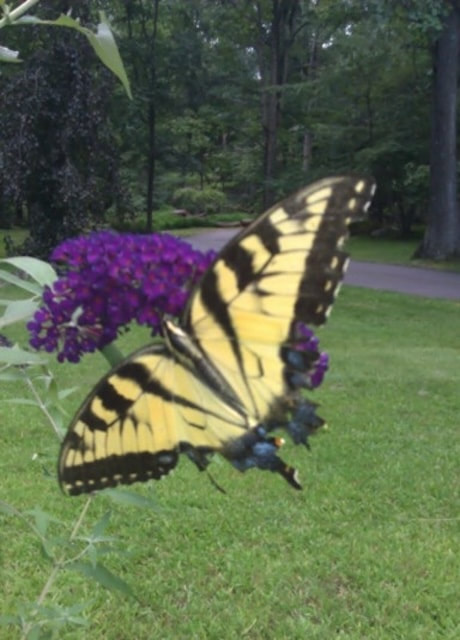
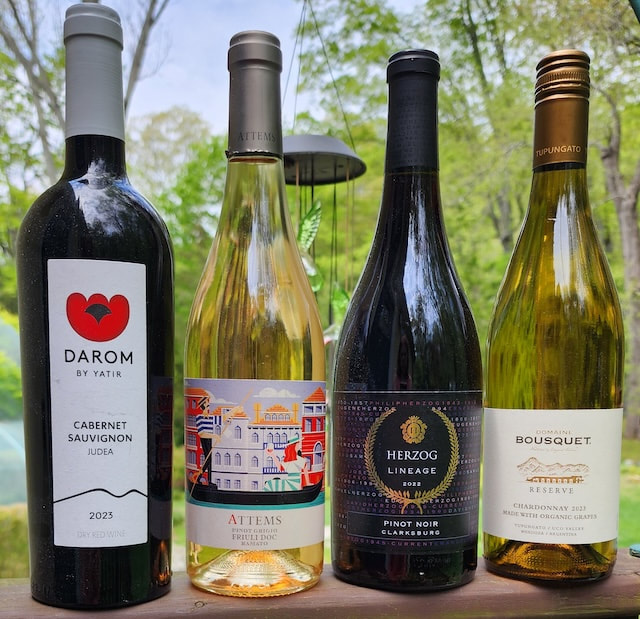
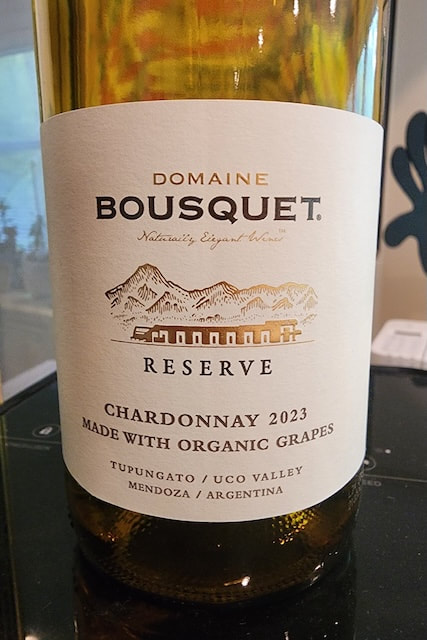
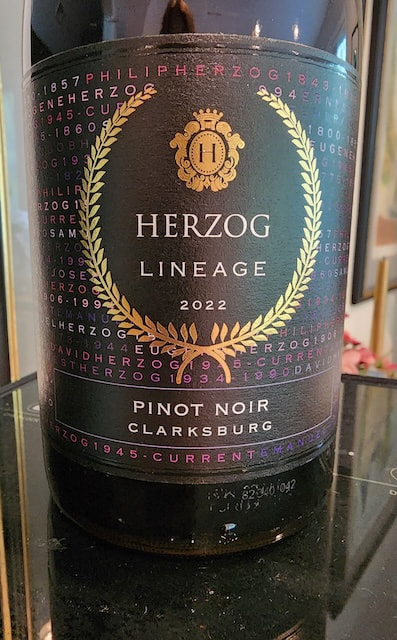
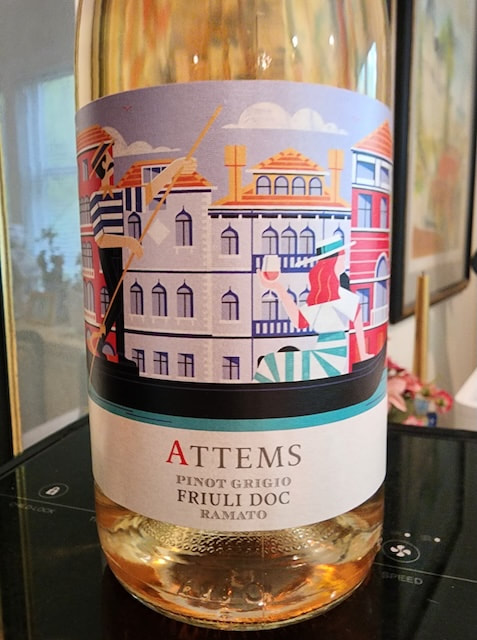
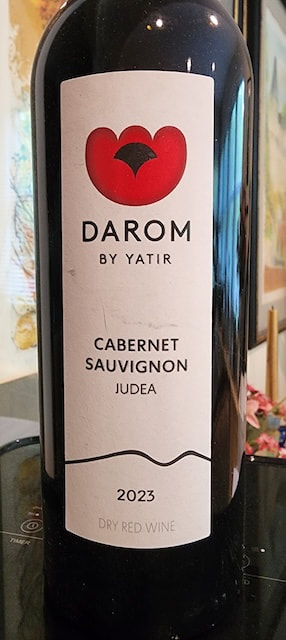














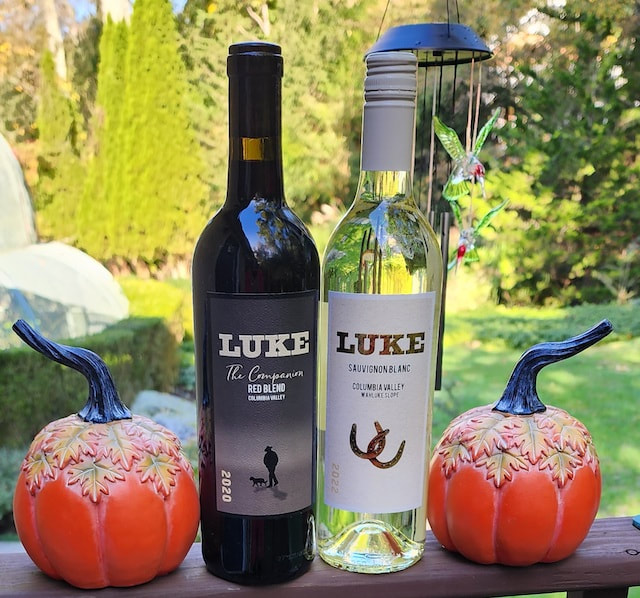
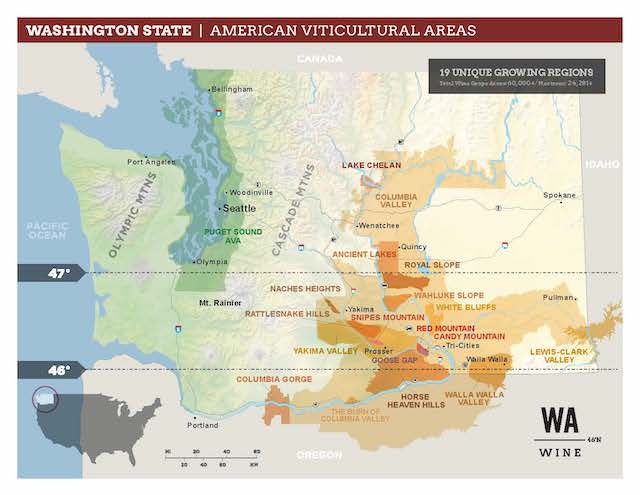
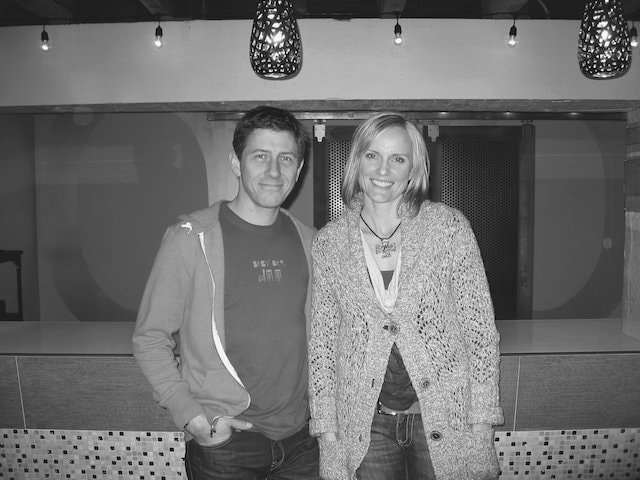
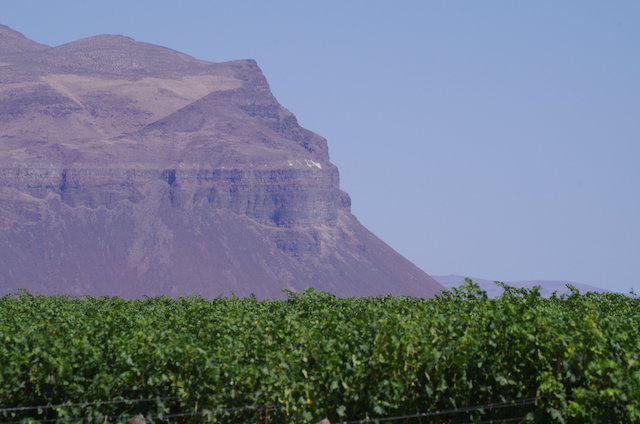
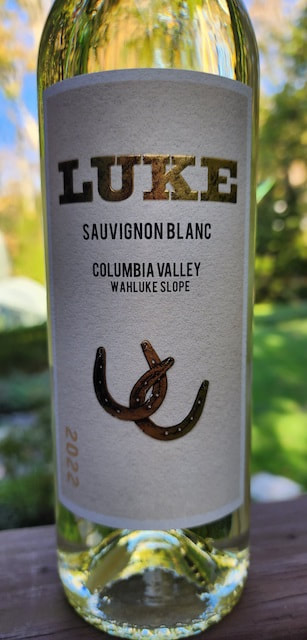
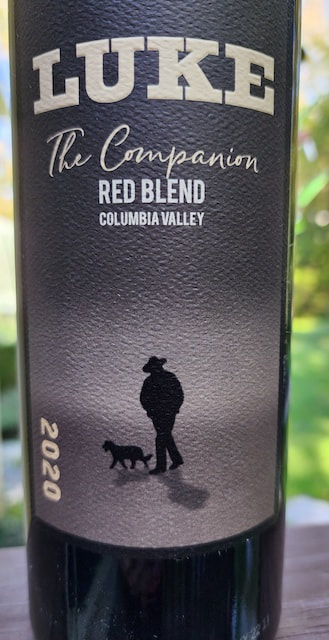
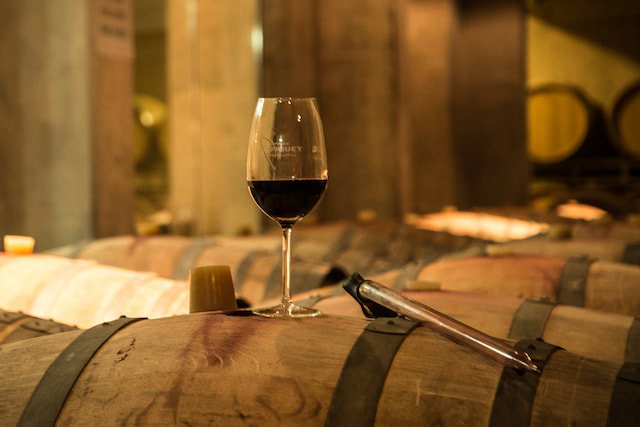
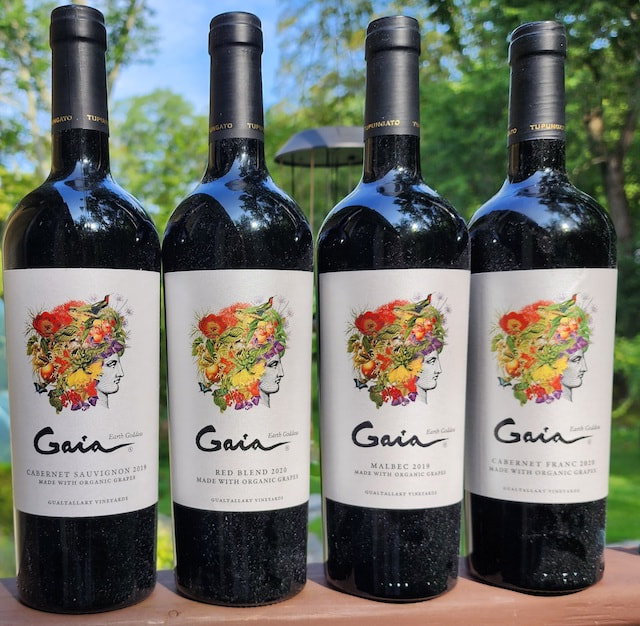
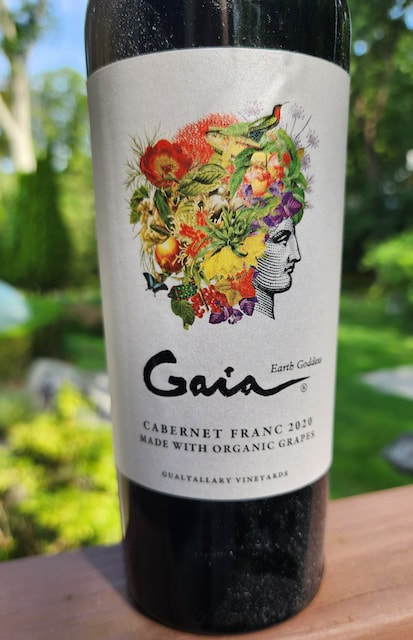
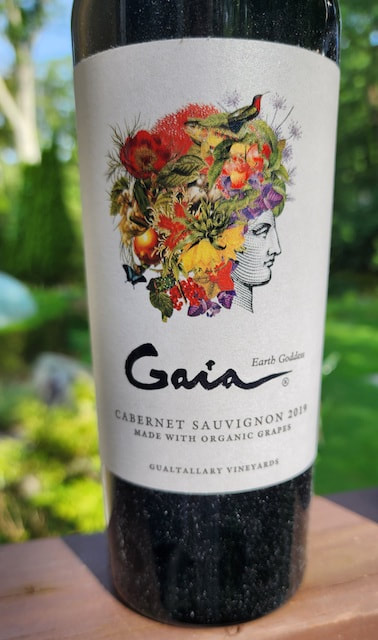
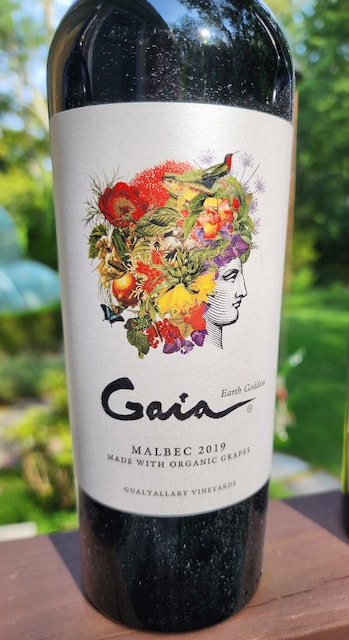
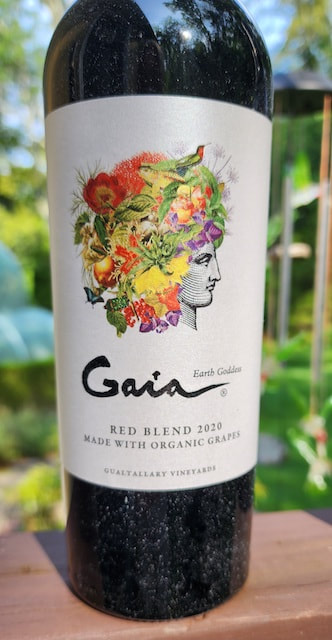
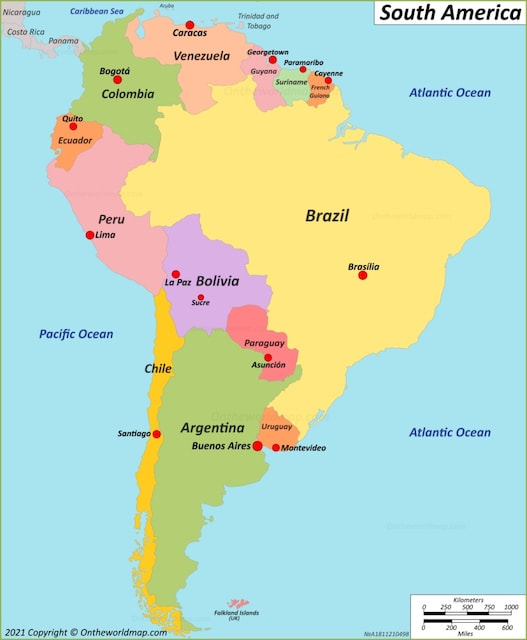
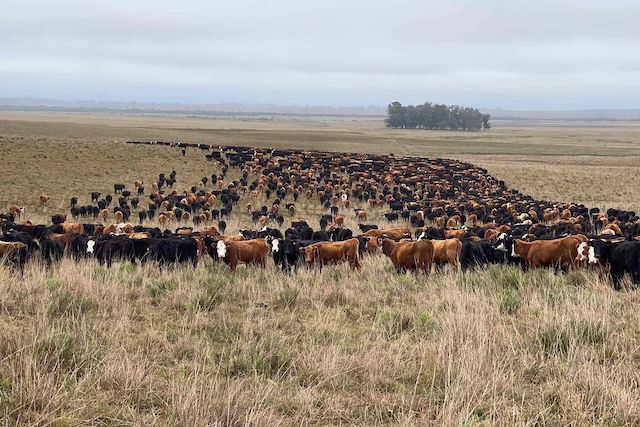
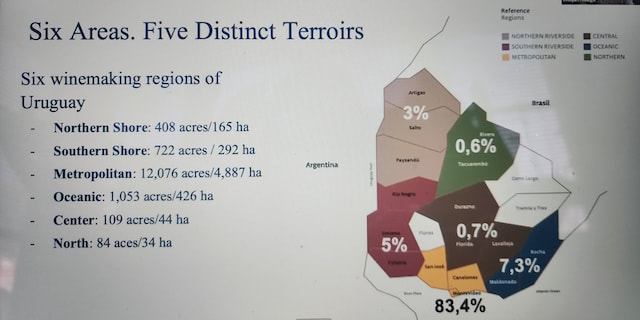
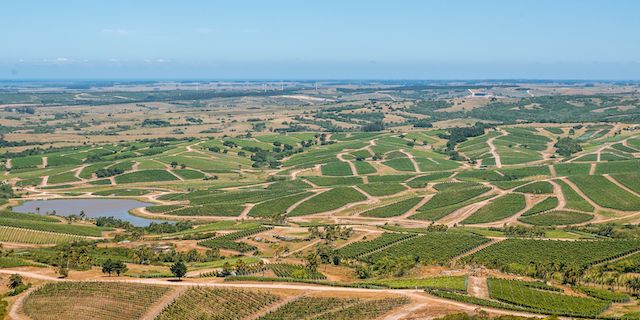
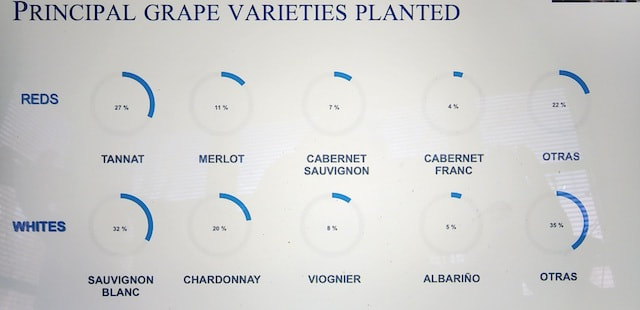
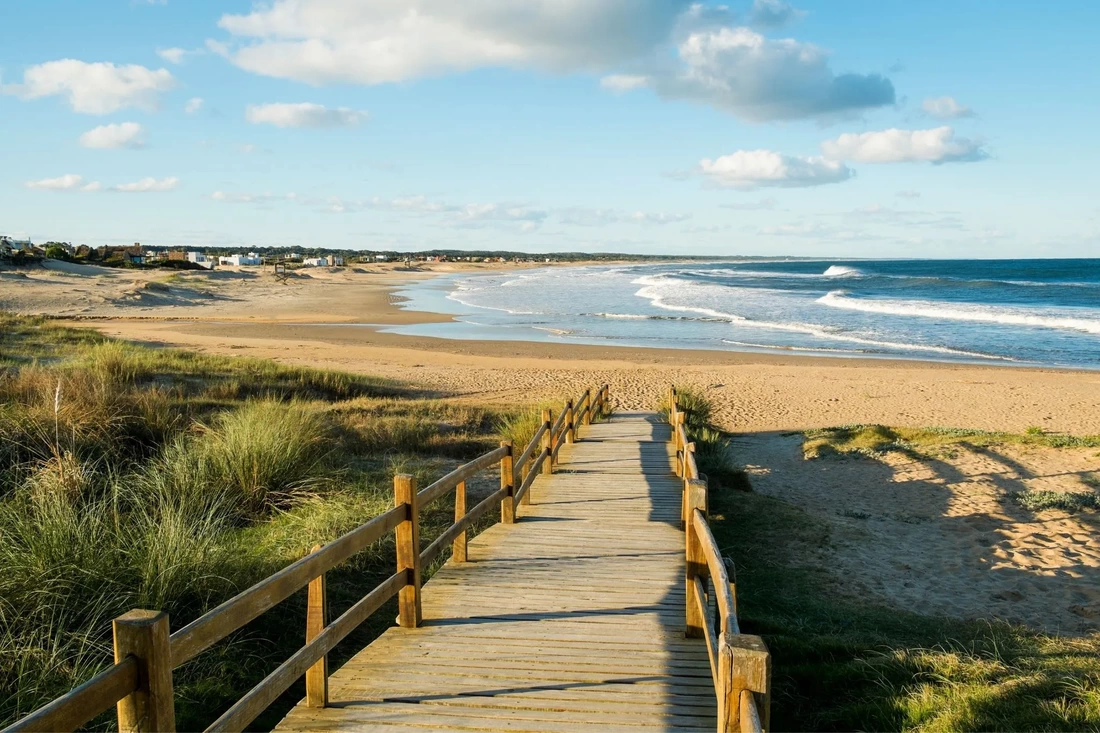
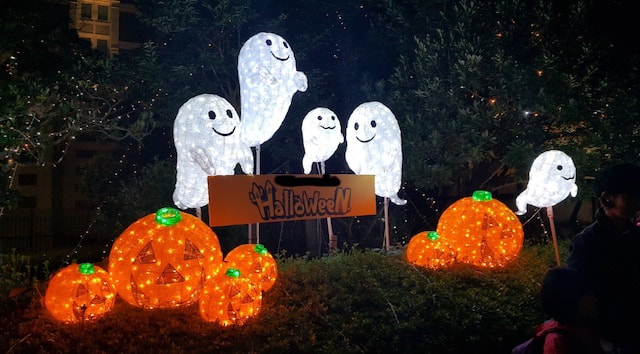
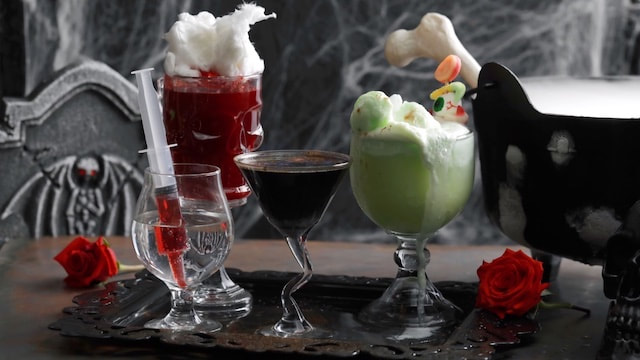
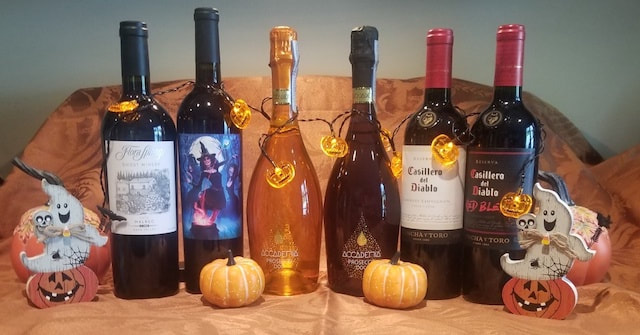
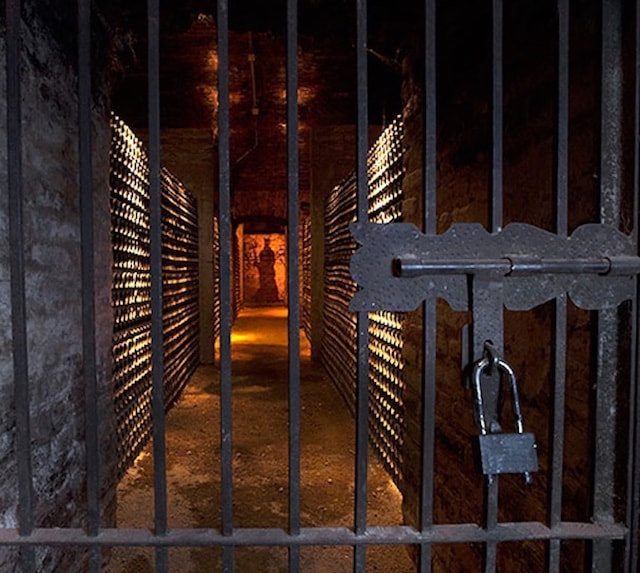
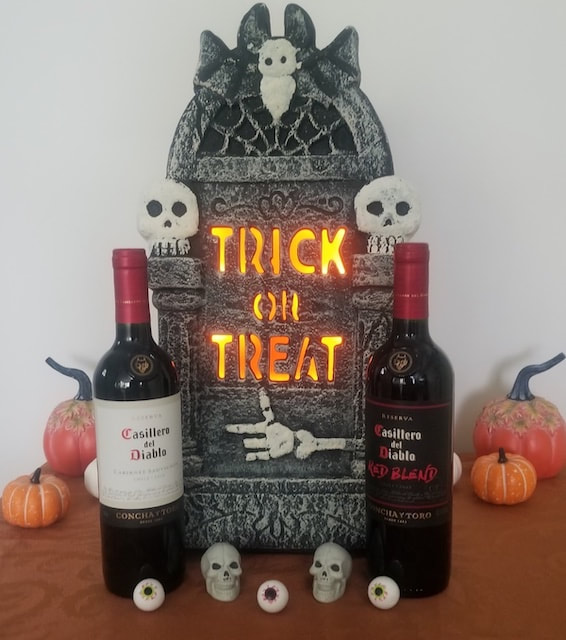
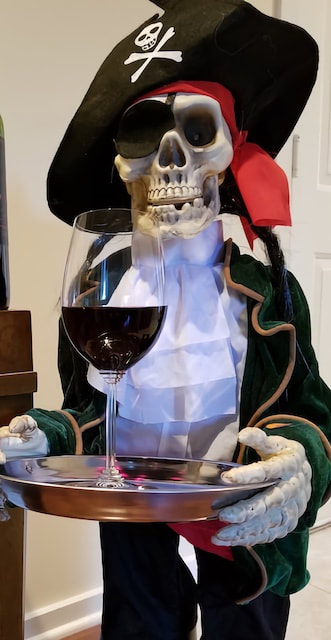
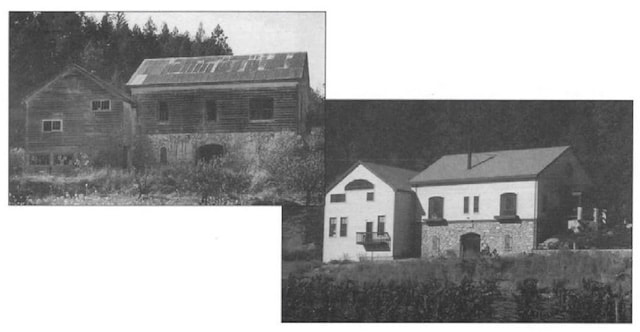
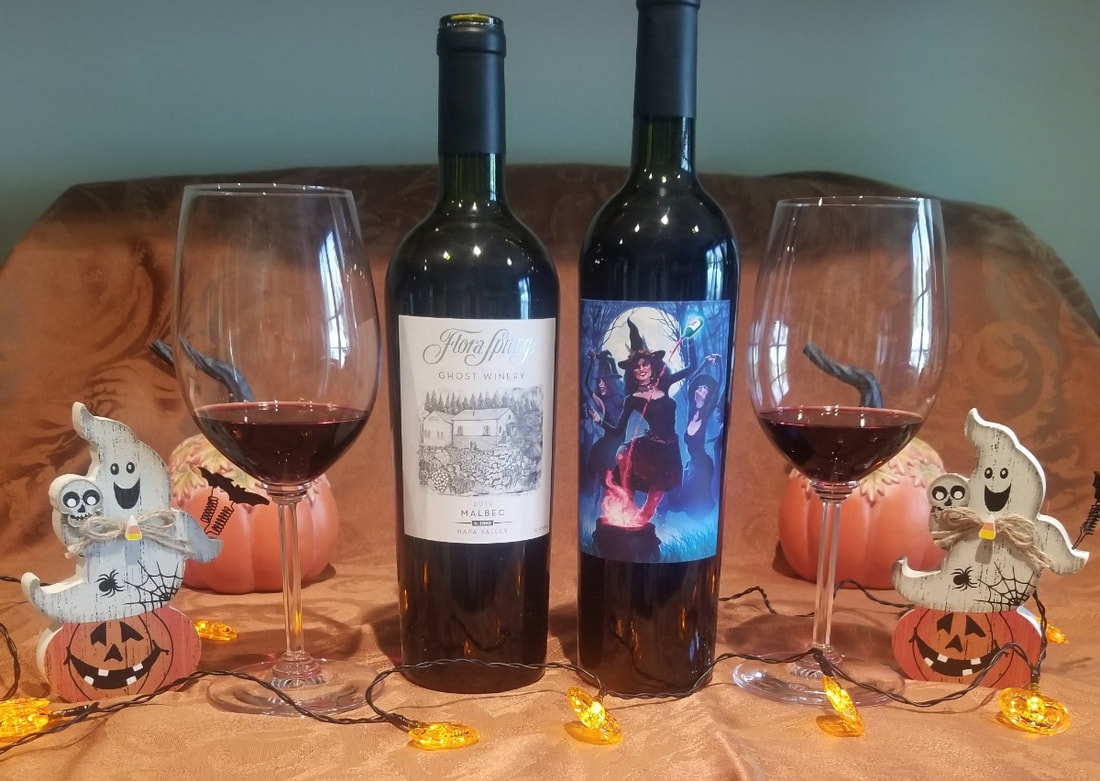
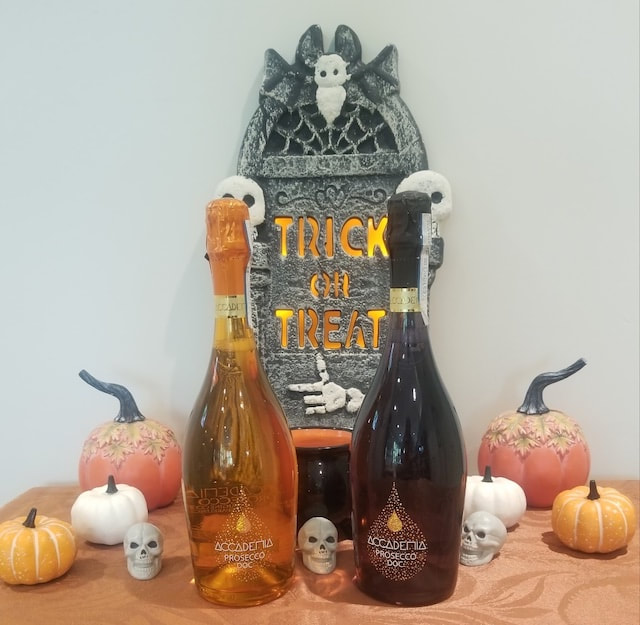
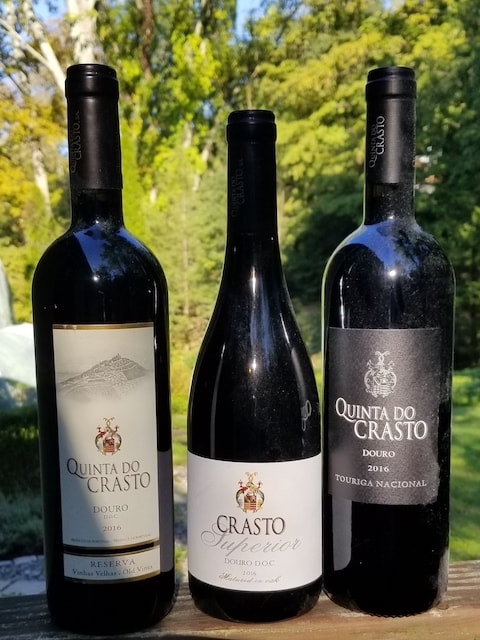
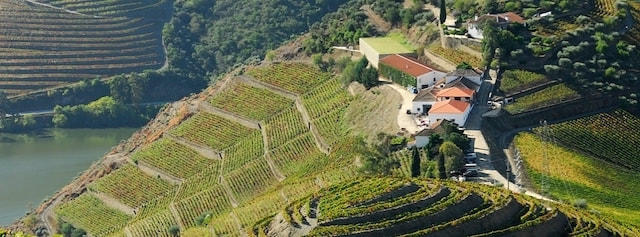
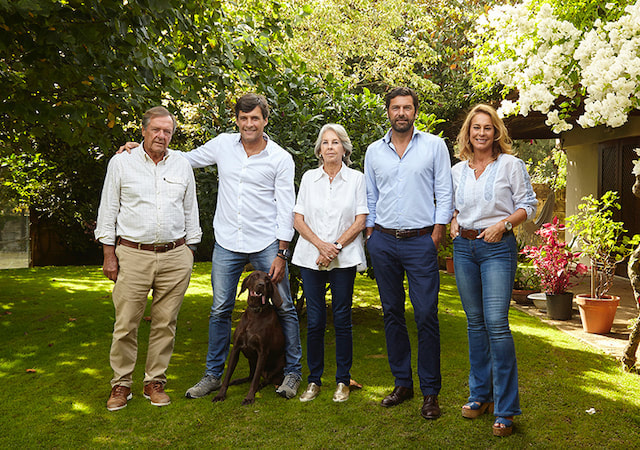
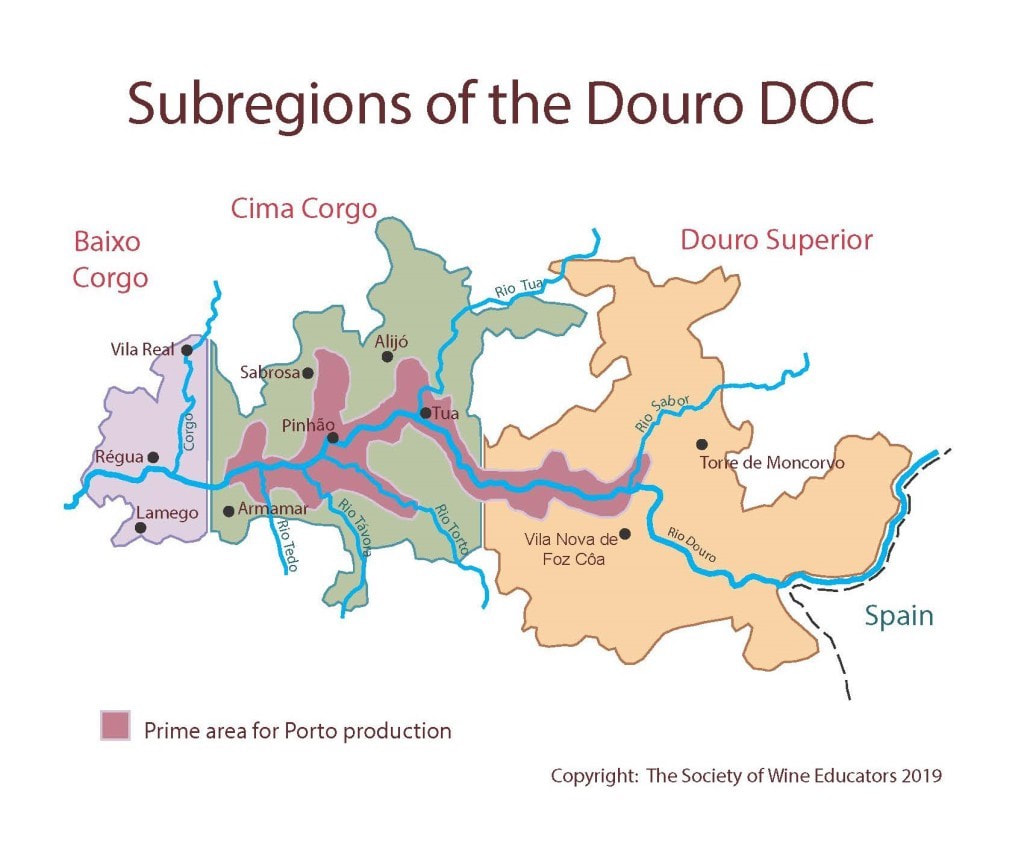
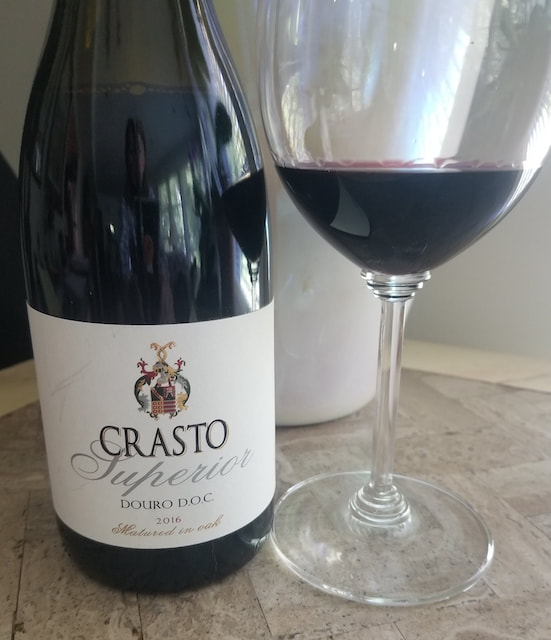
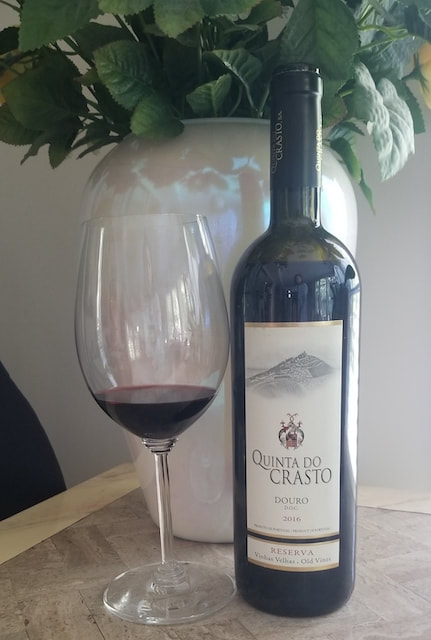
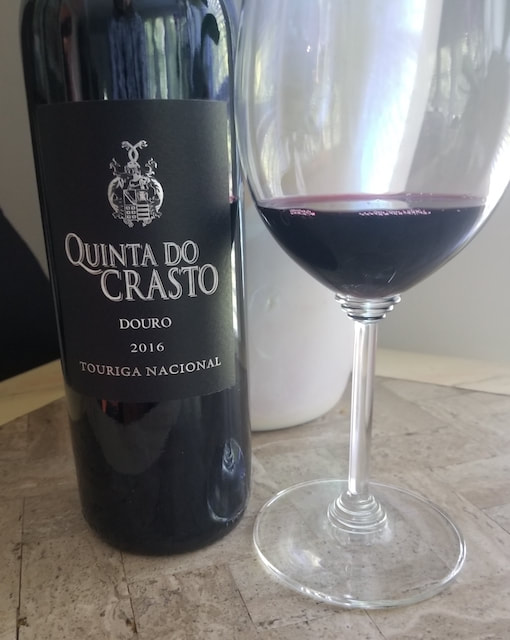
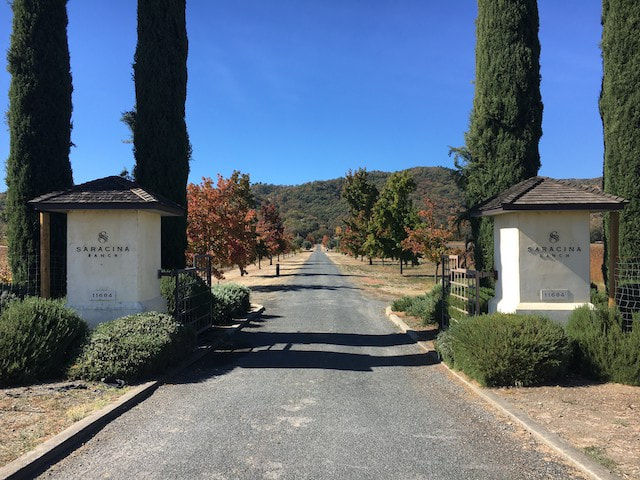
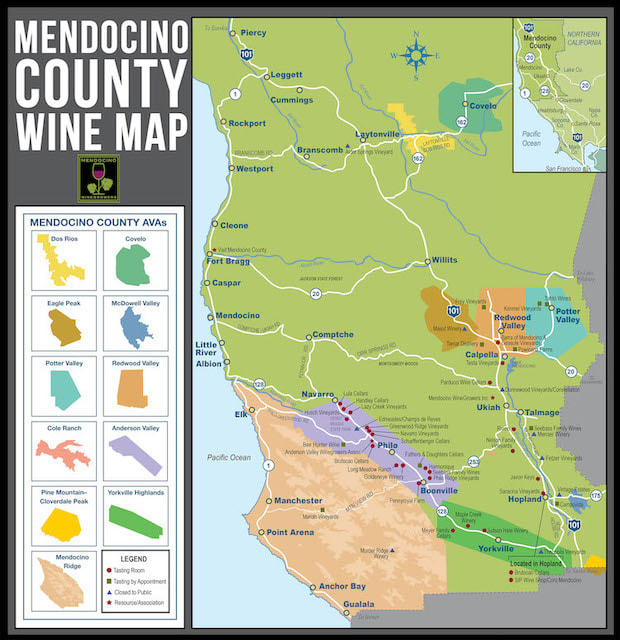
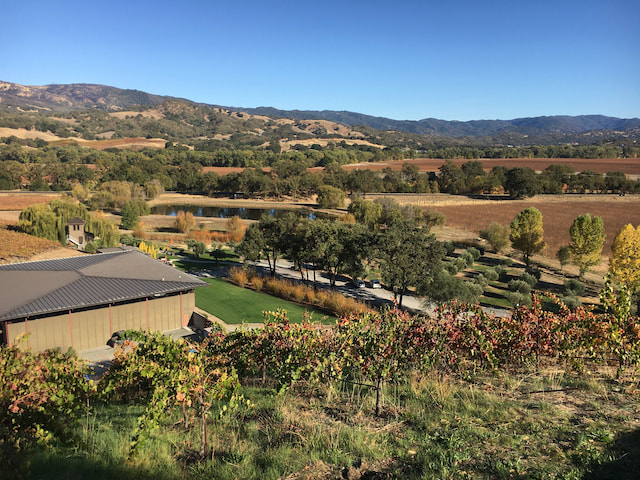
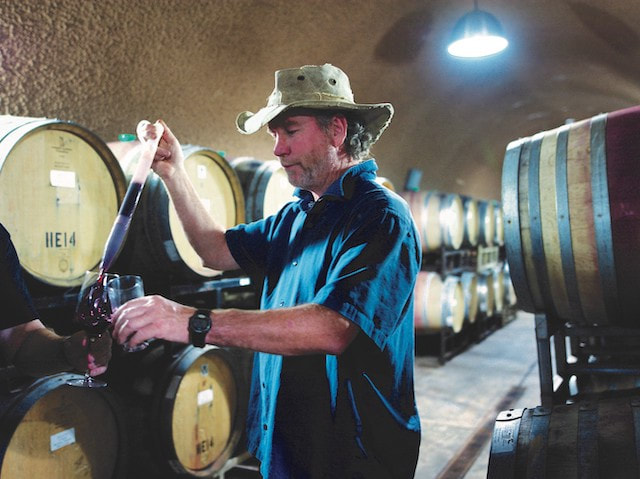
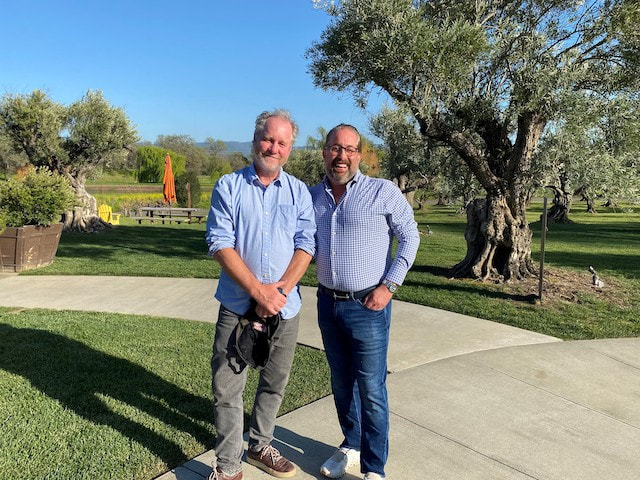
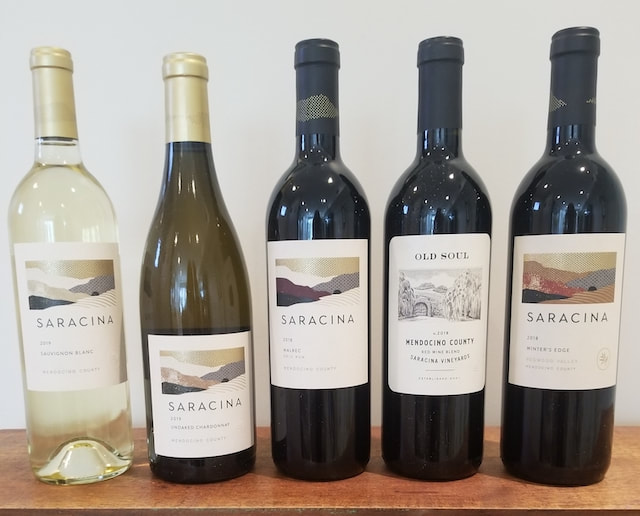
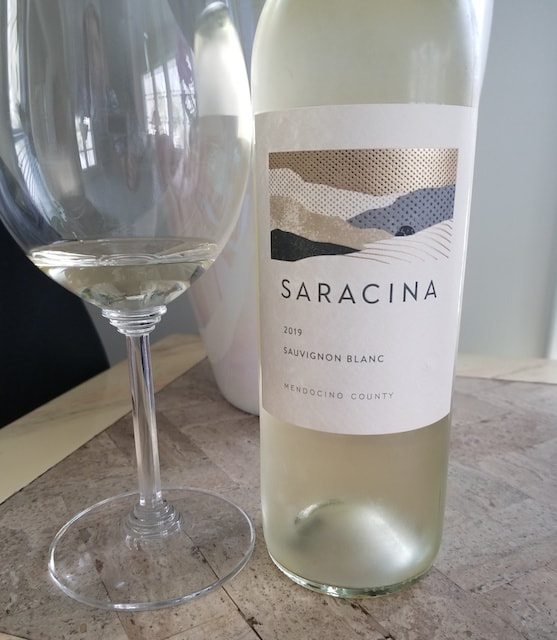
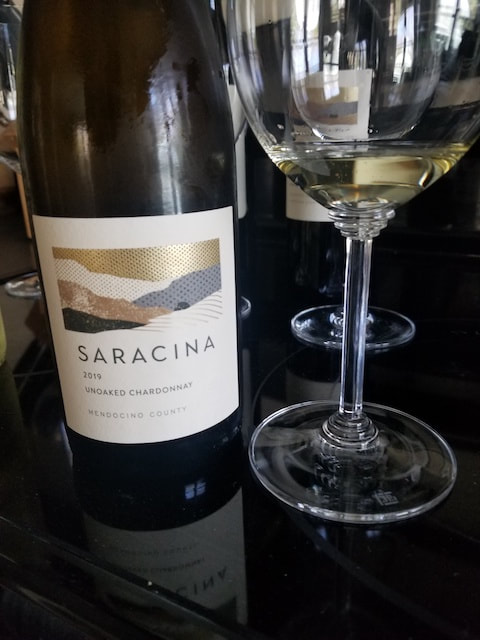
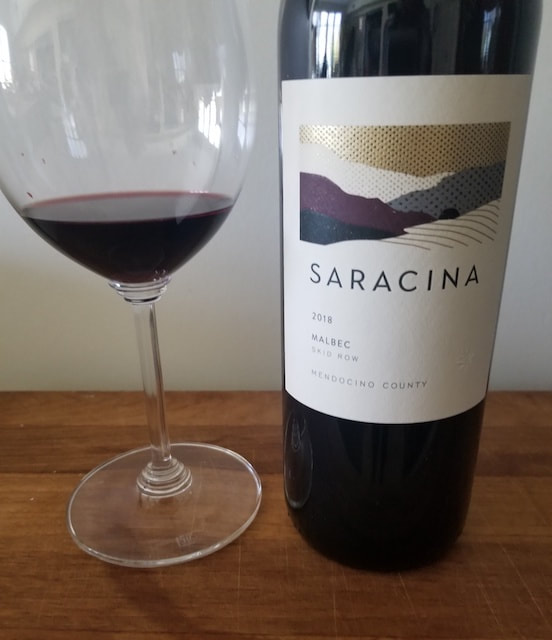
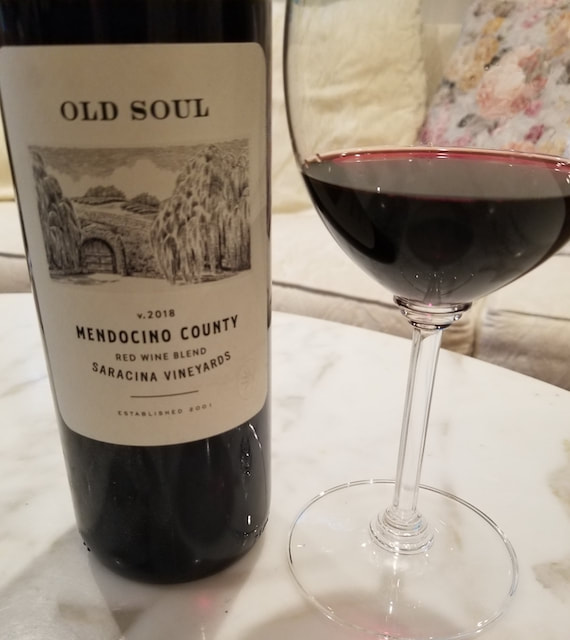
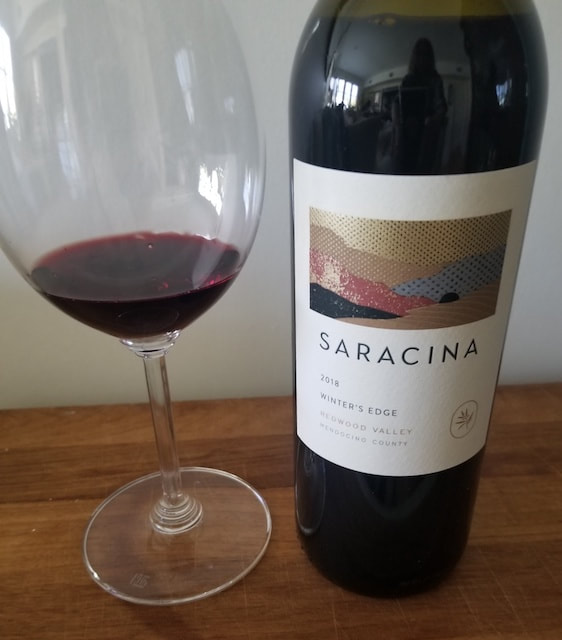
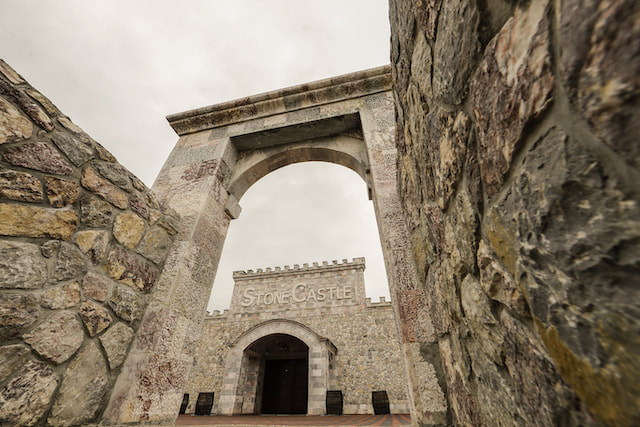
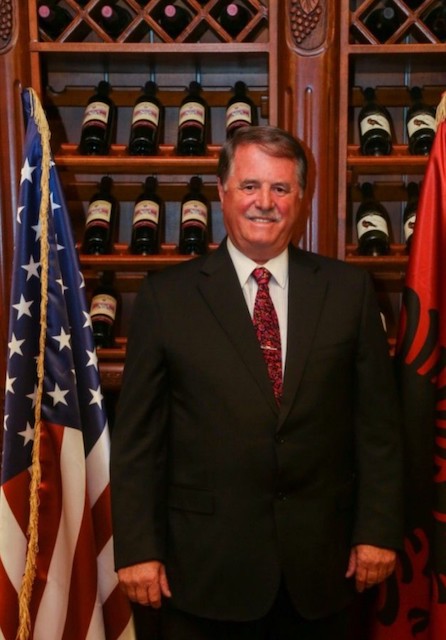
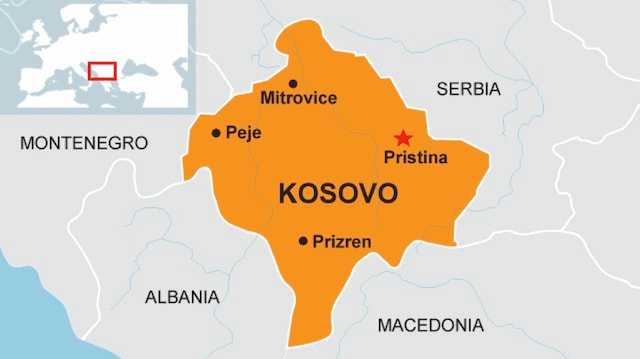
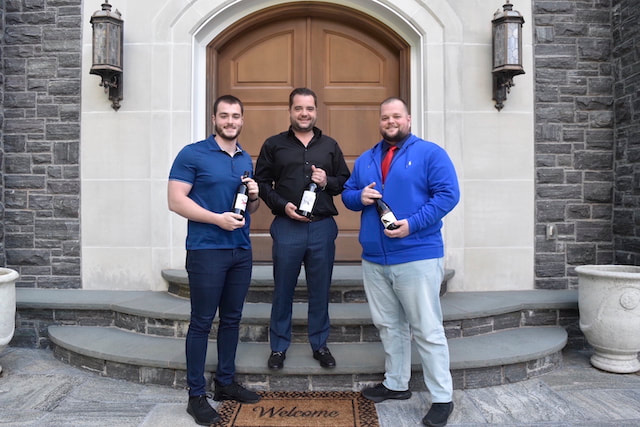
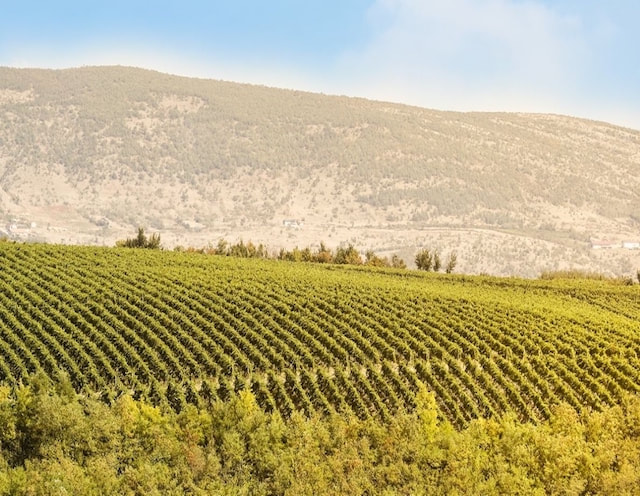
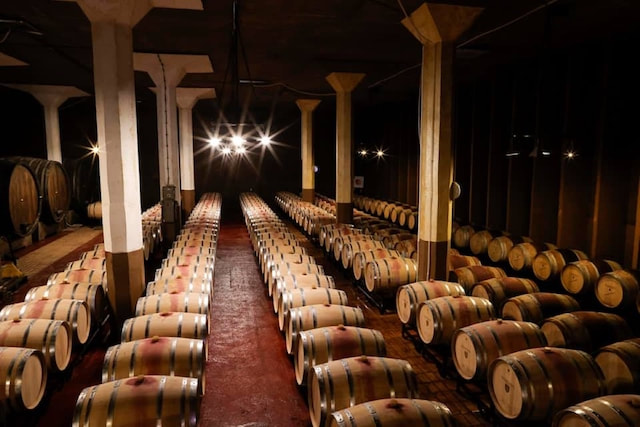
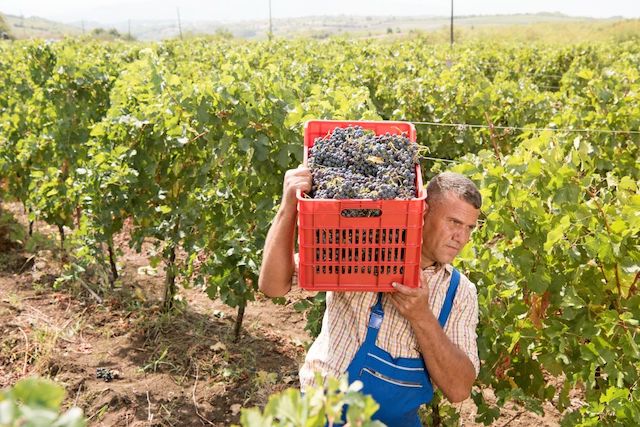
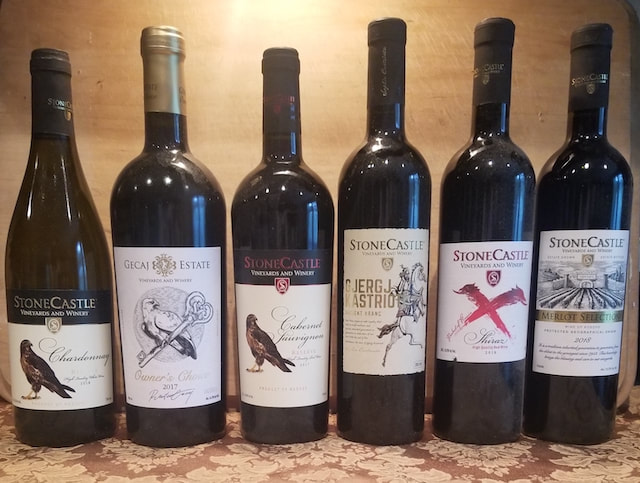
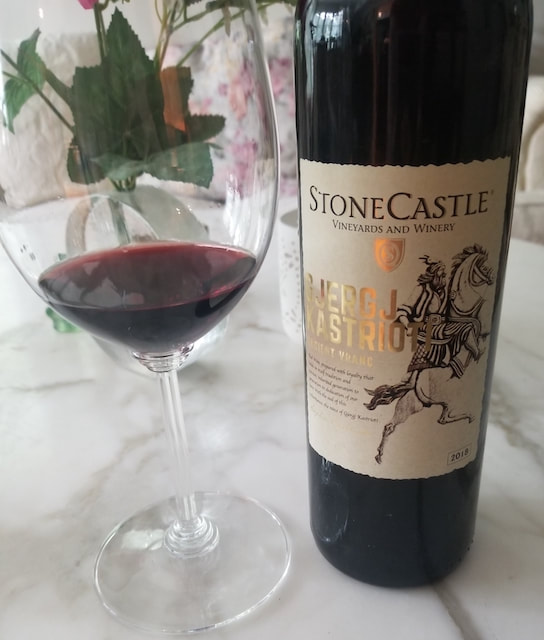
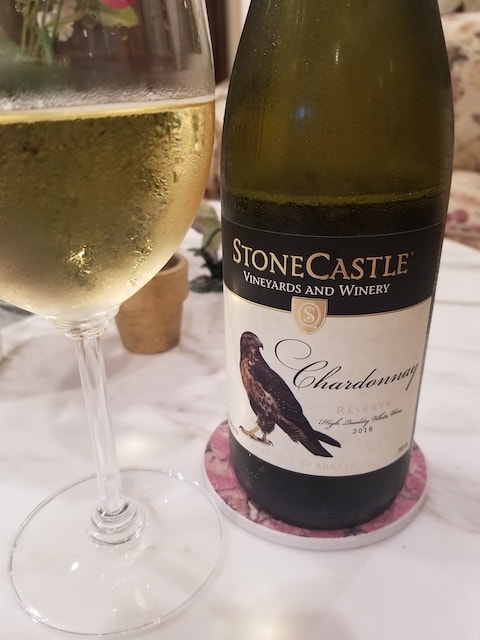
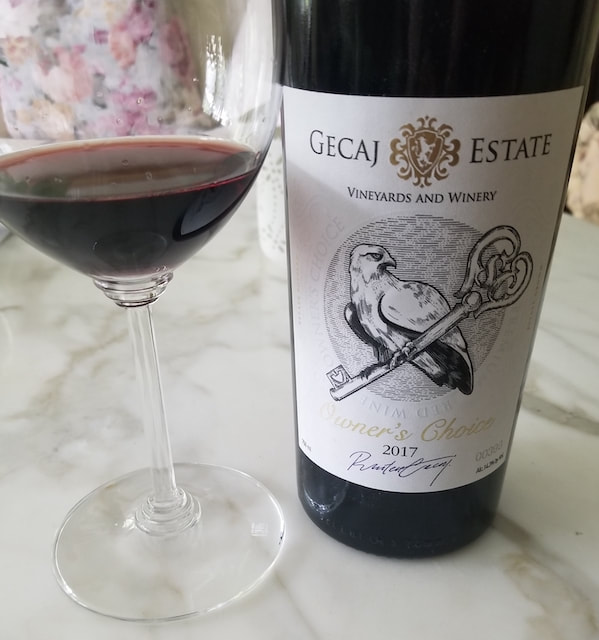
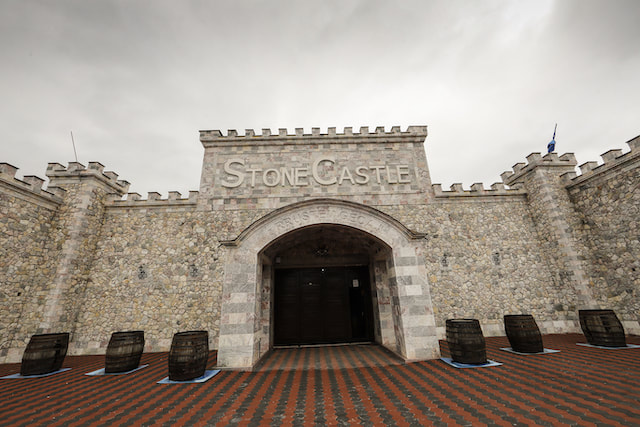
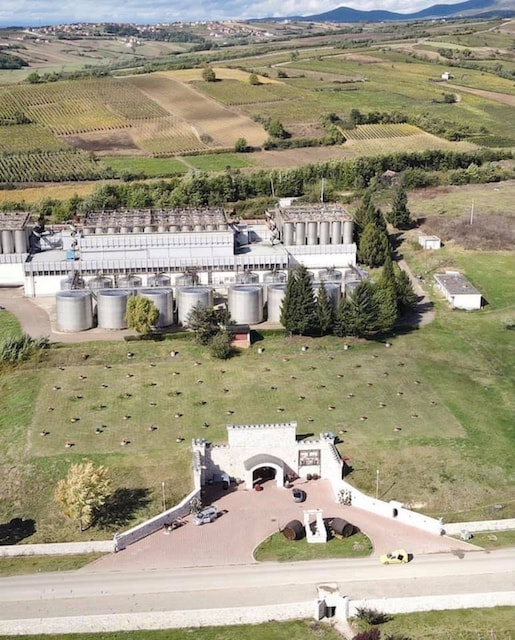
 RSS Feed
RSS Feed